Dr. Isaac Roisman M. D. , Dip. Surg.

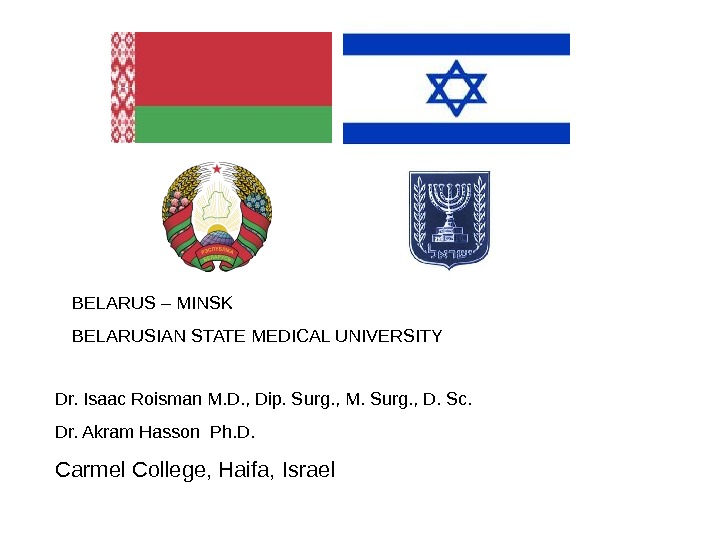
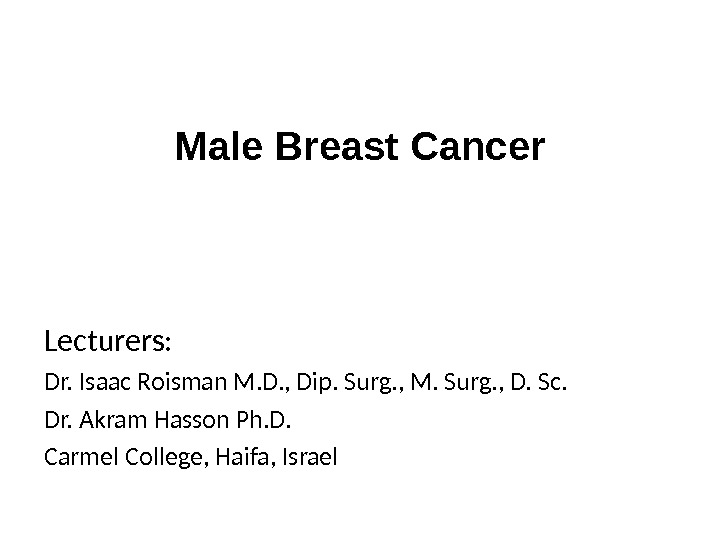
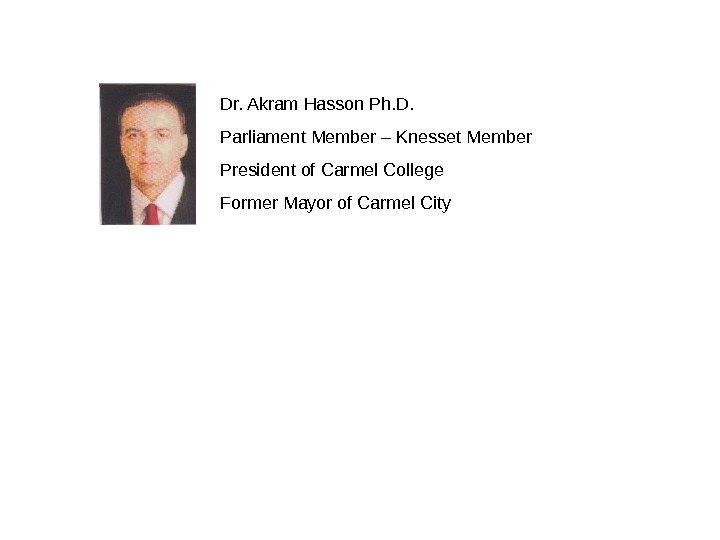


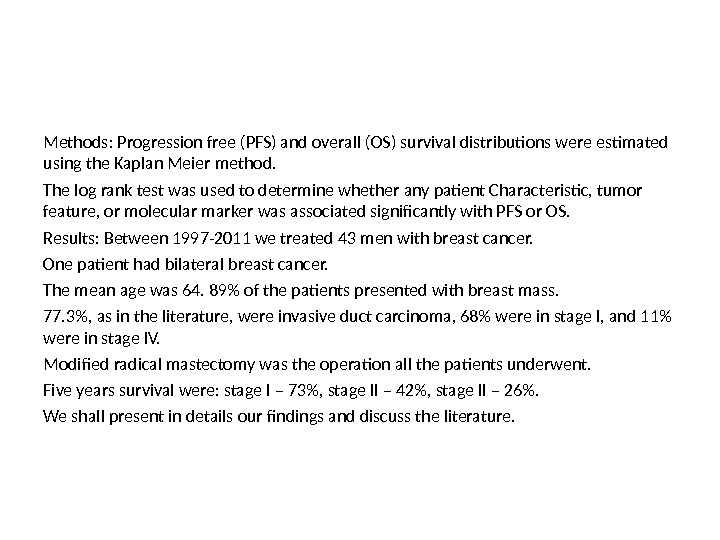
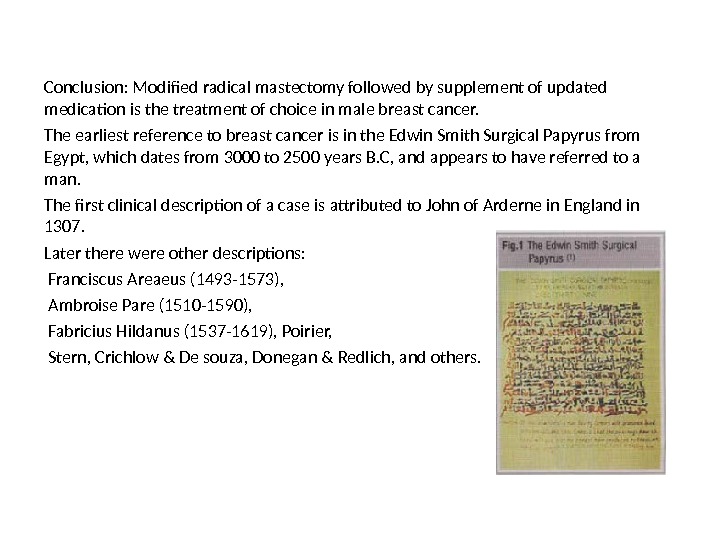

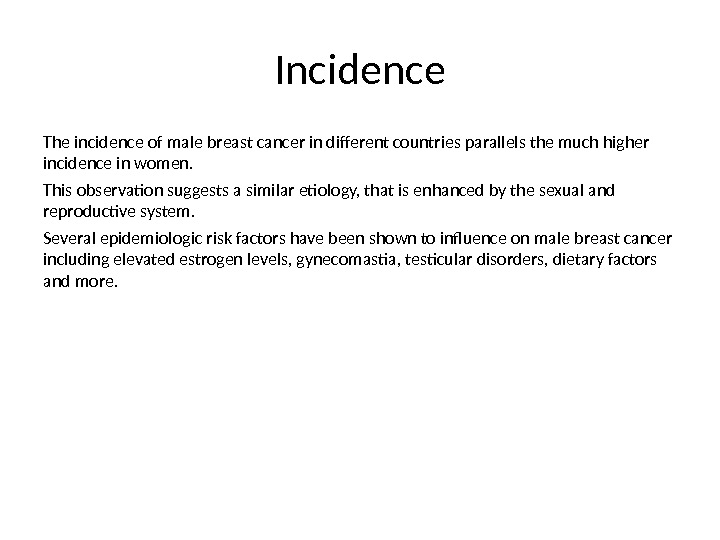
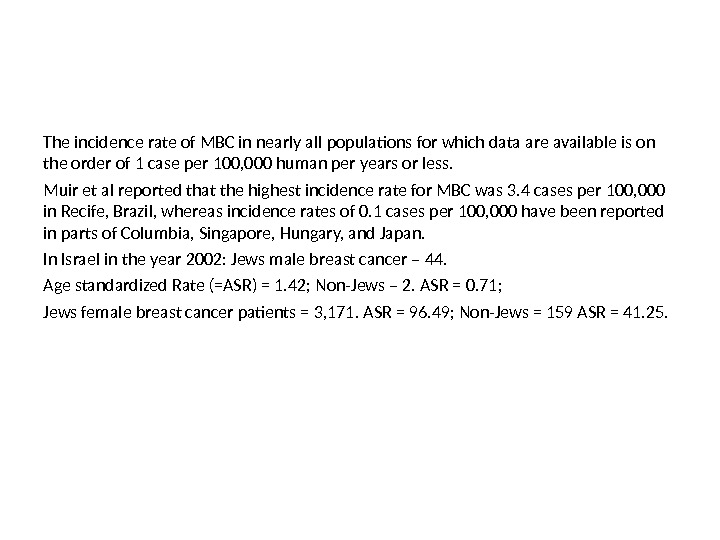

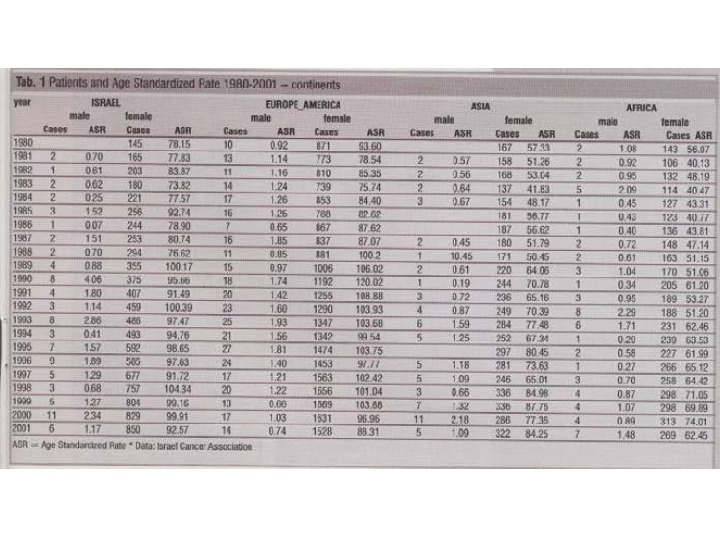

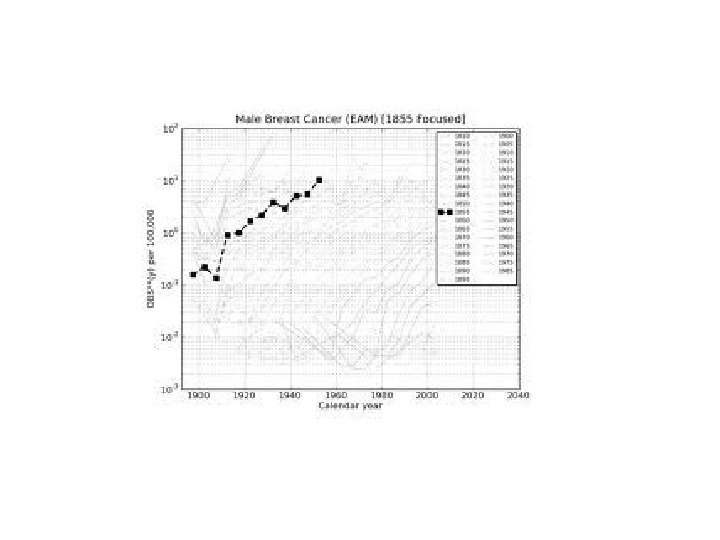
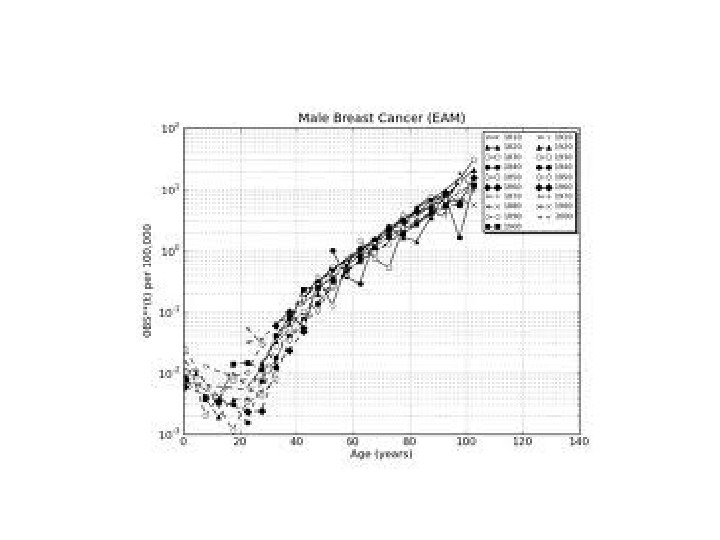
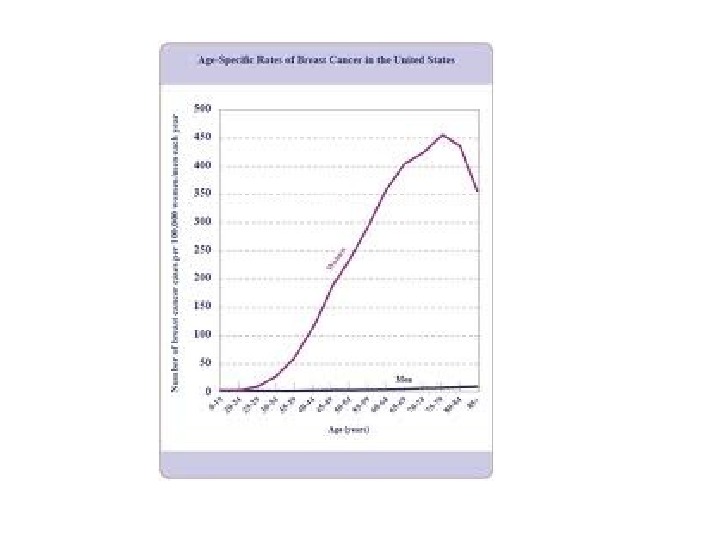

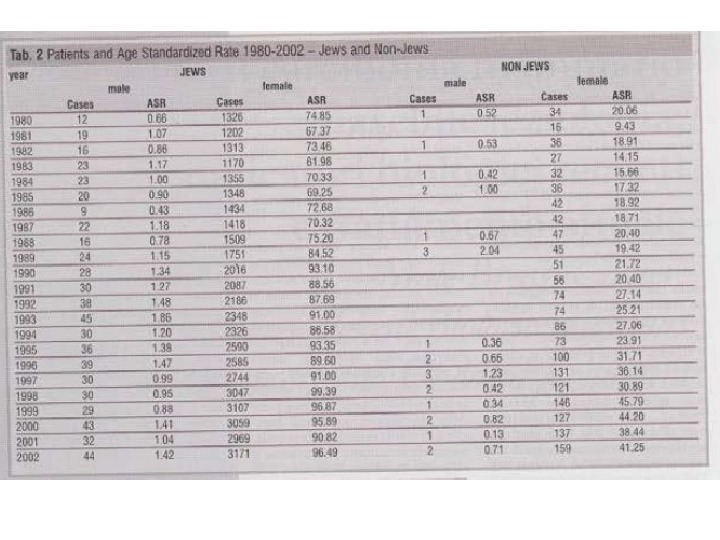
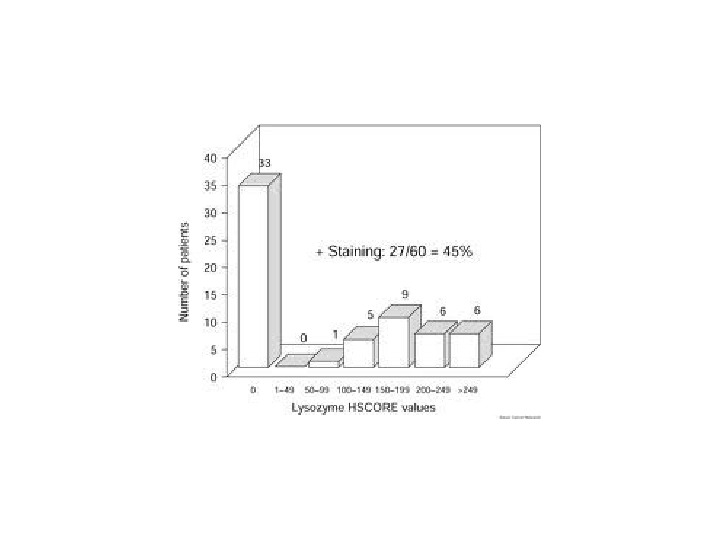
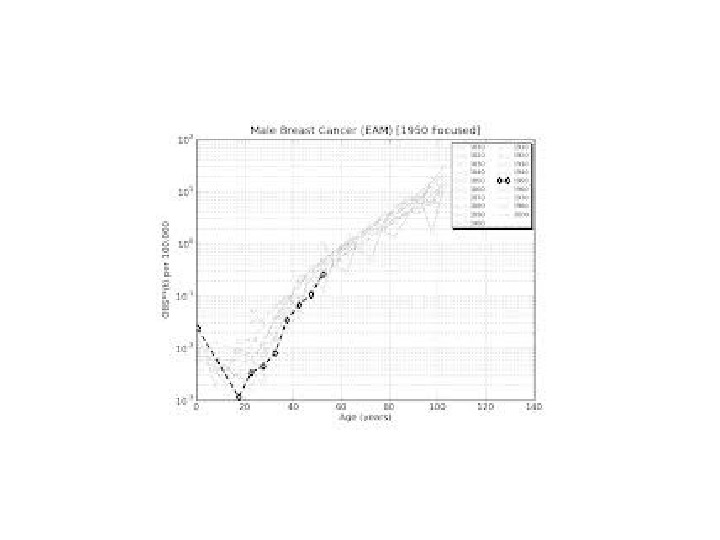
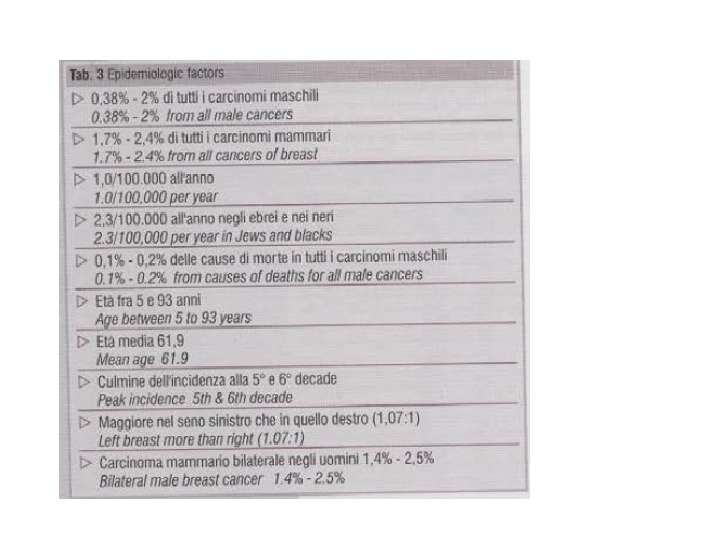








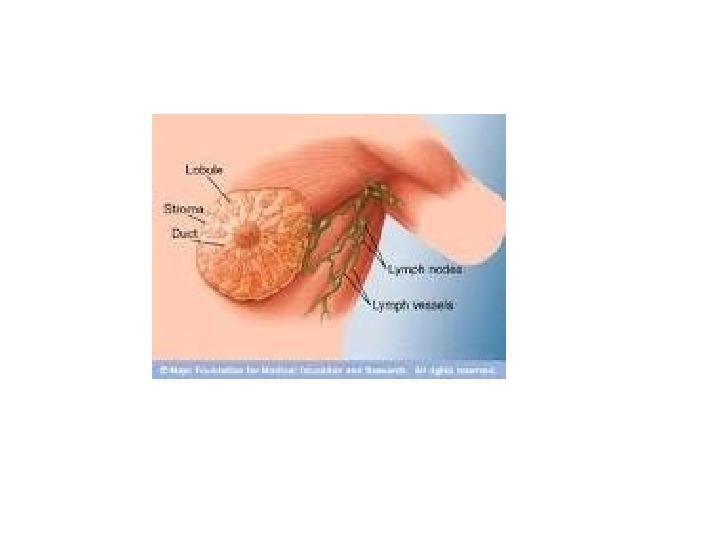

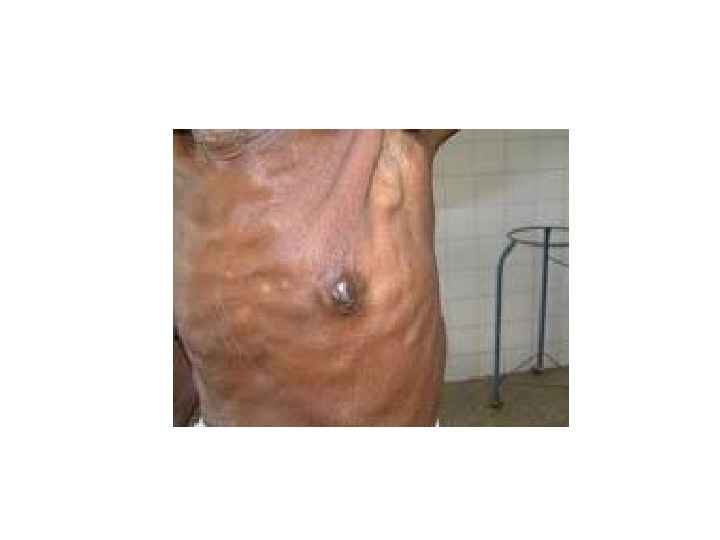
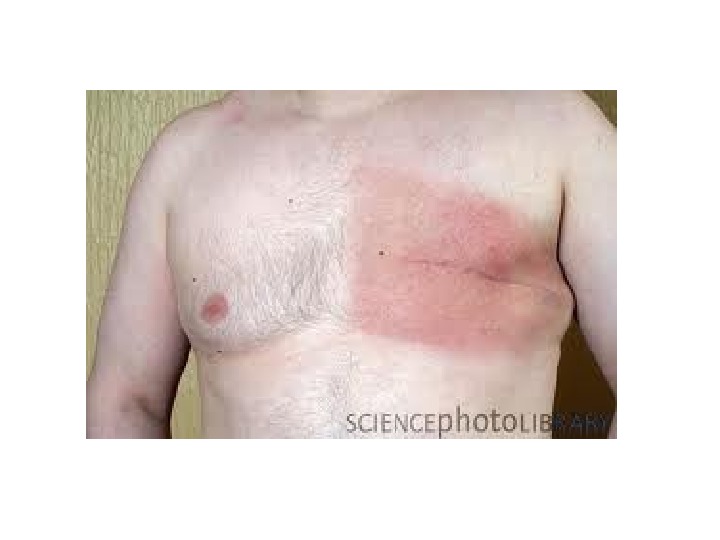



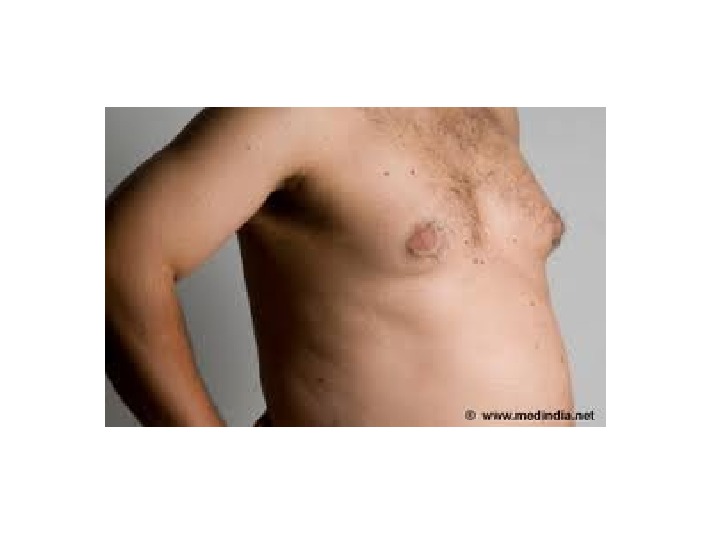



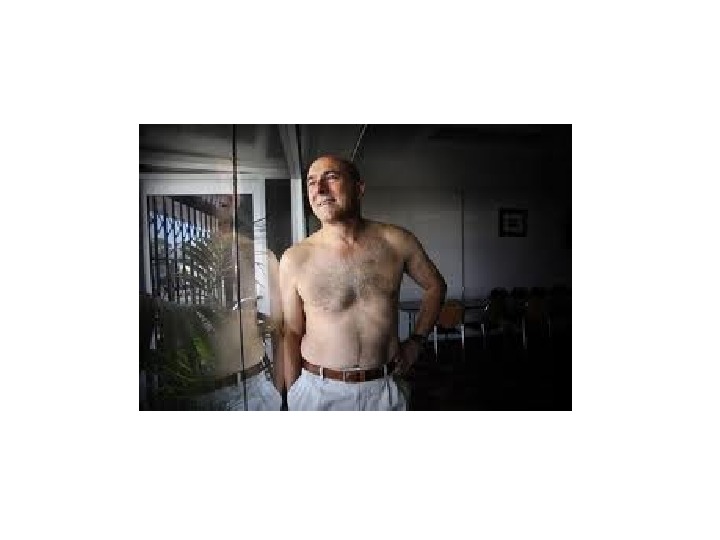






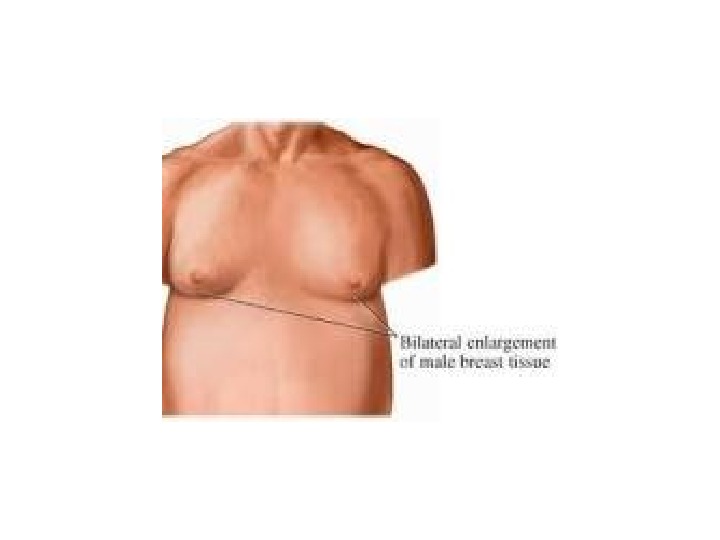


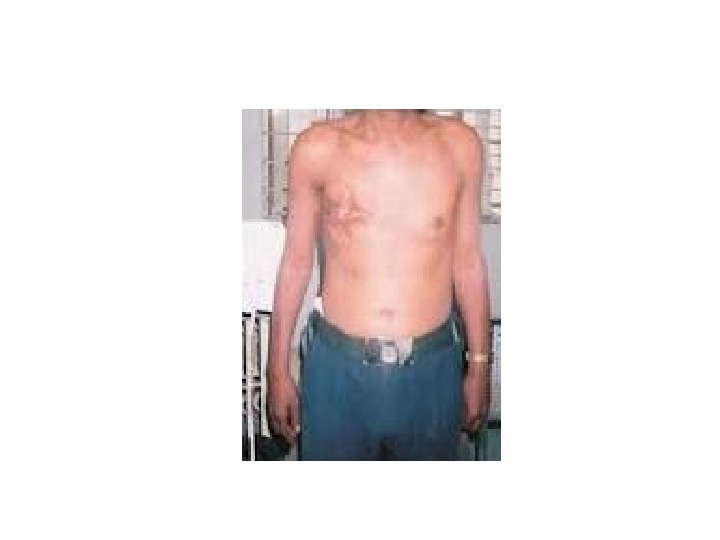
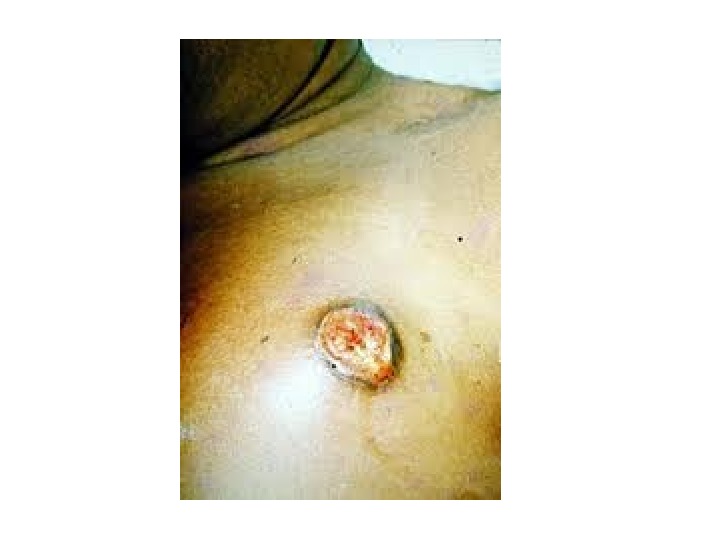

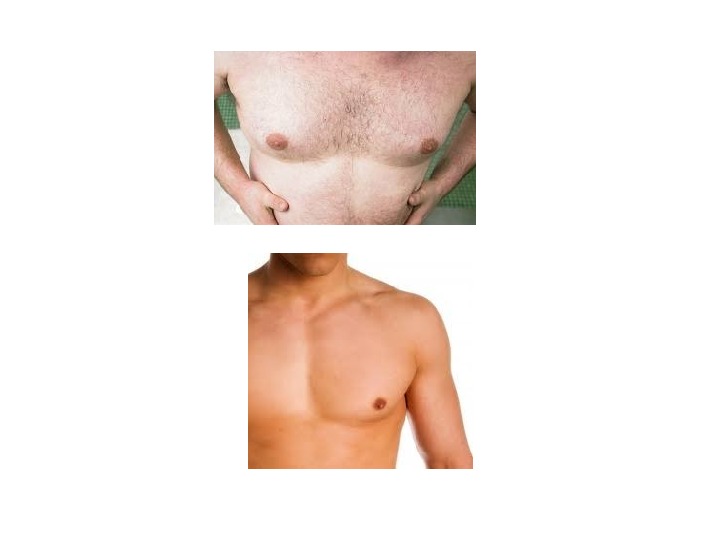


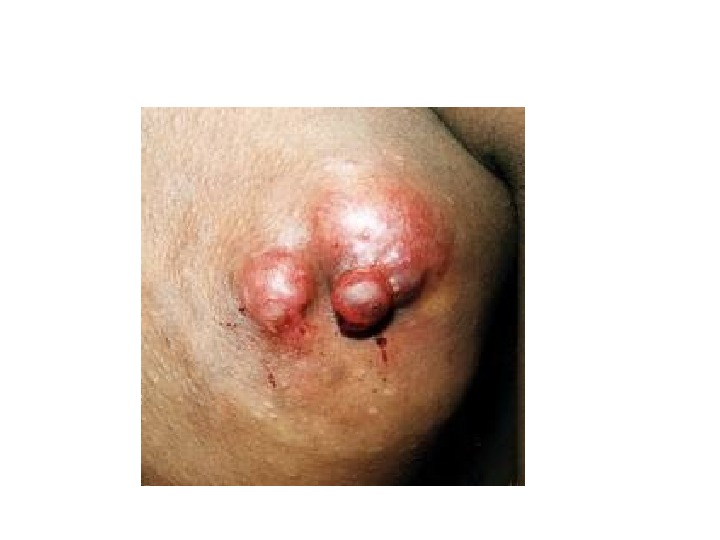
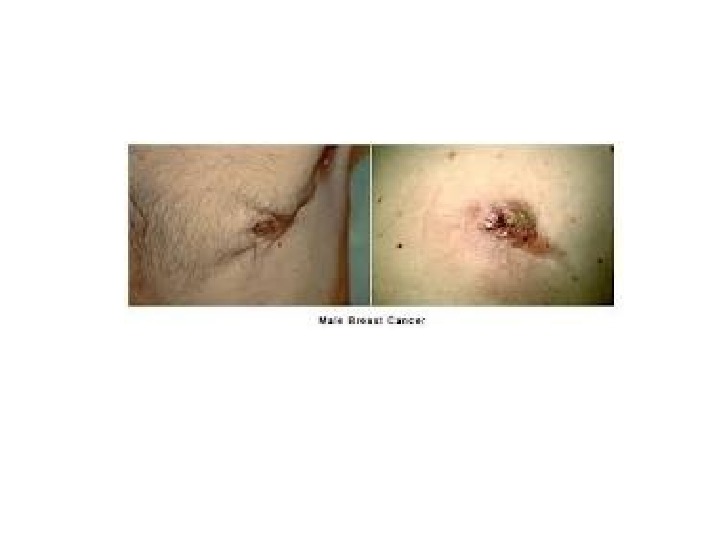
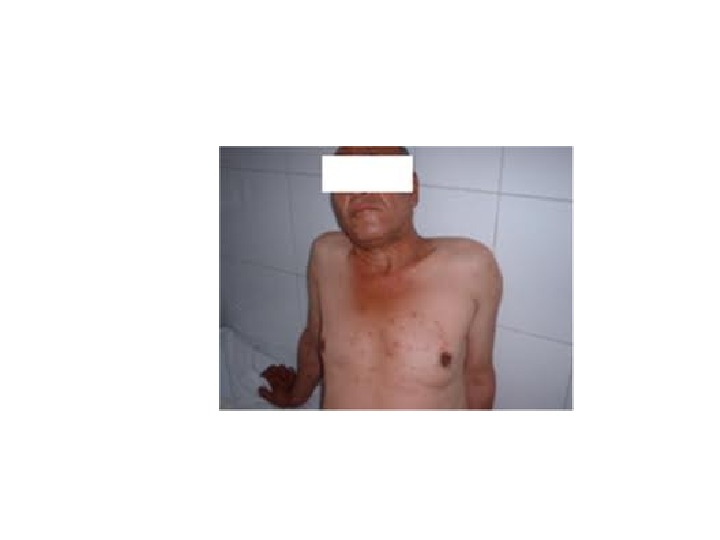

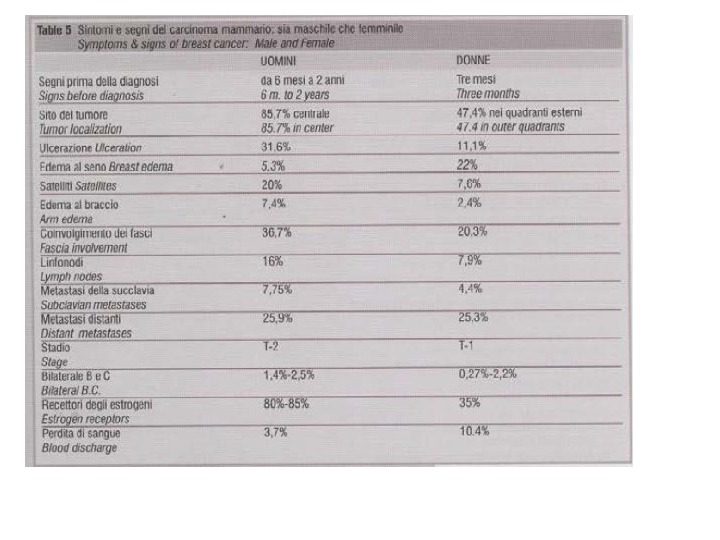
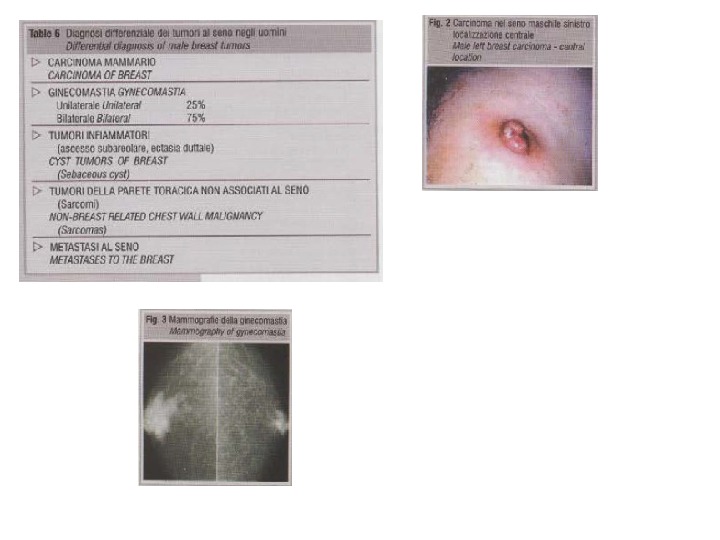

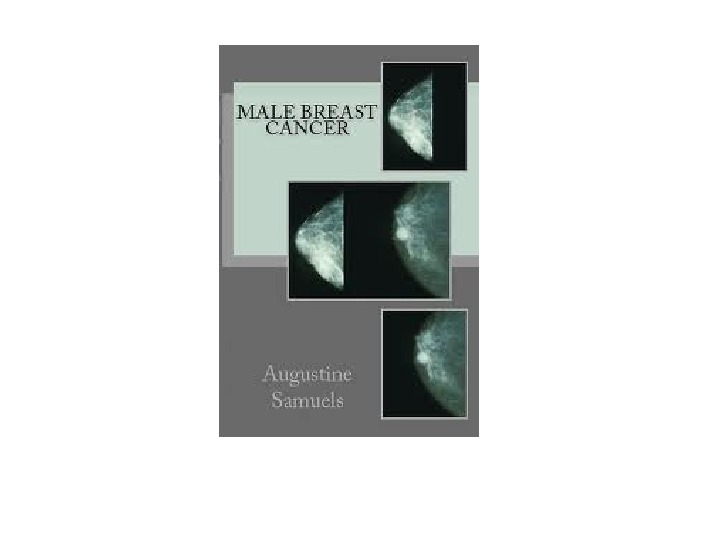

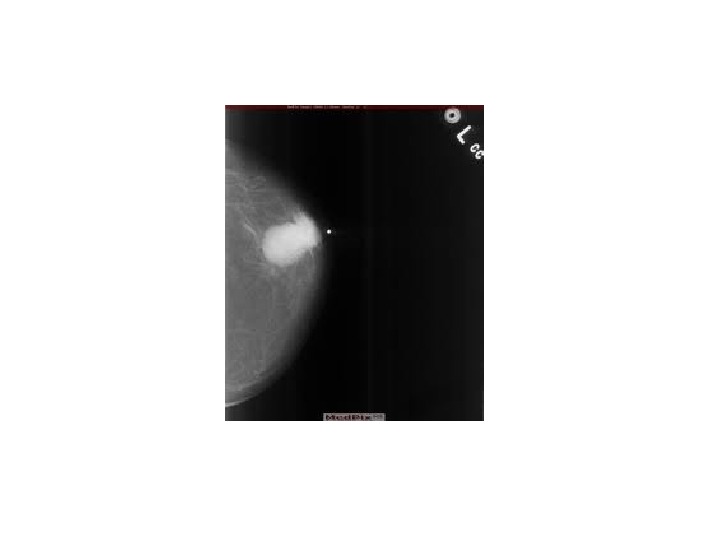
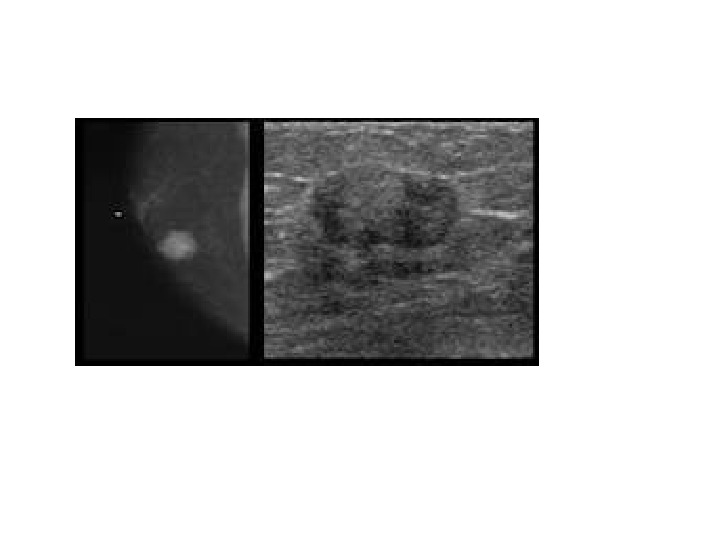
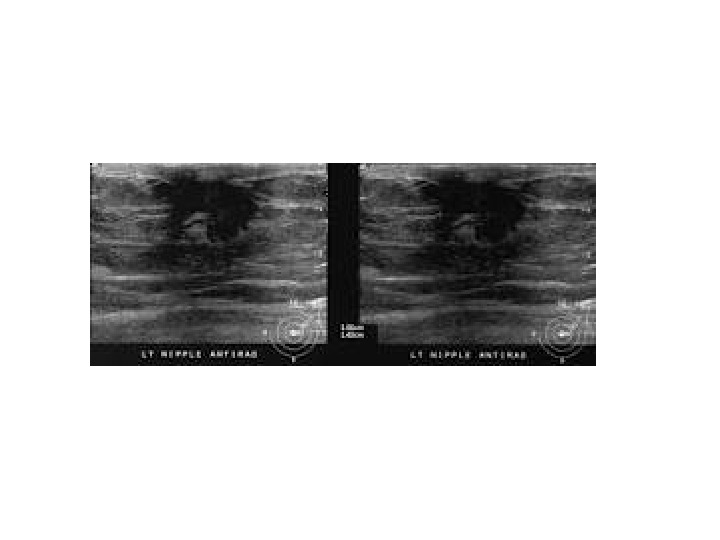
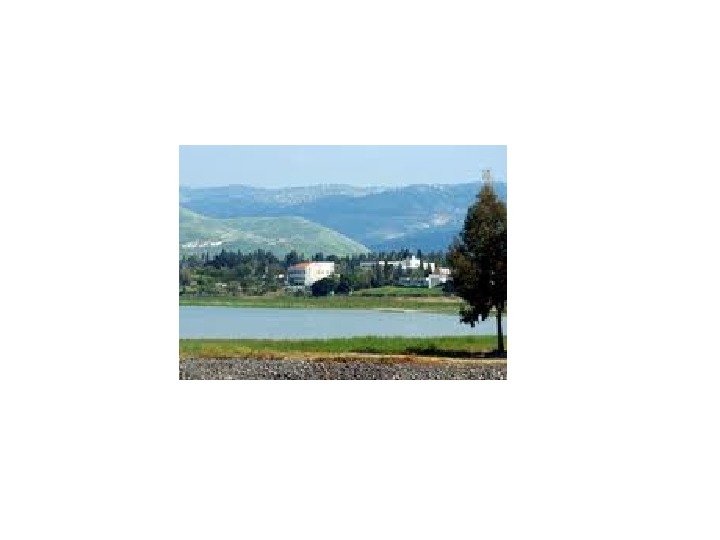

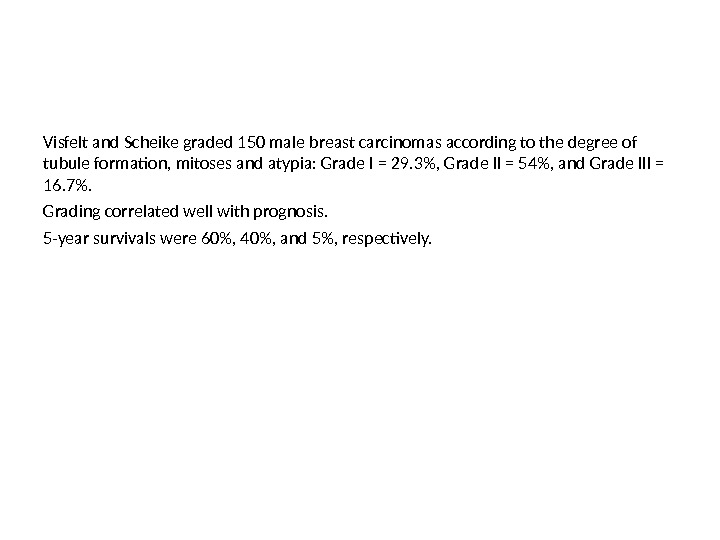
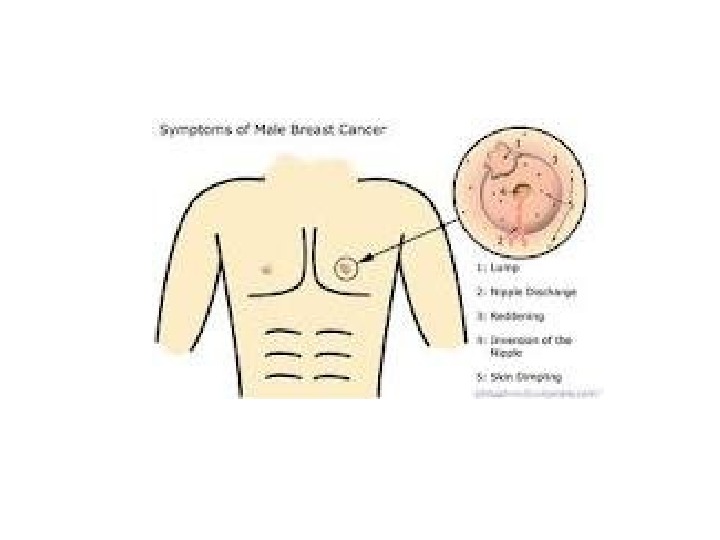
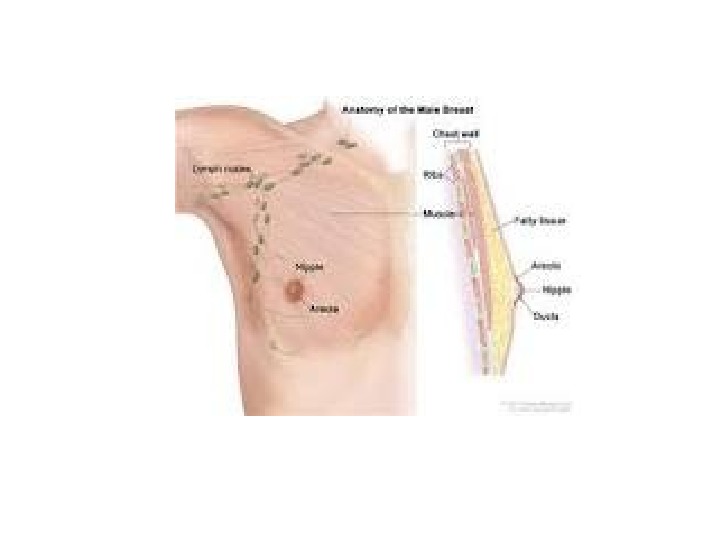
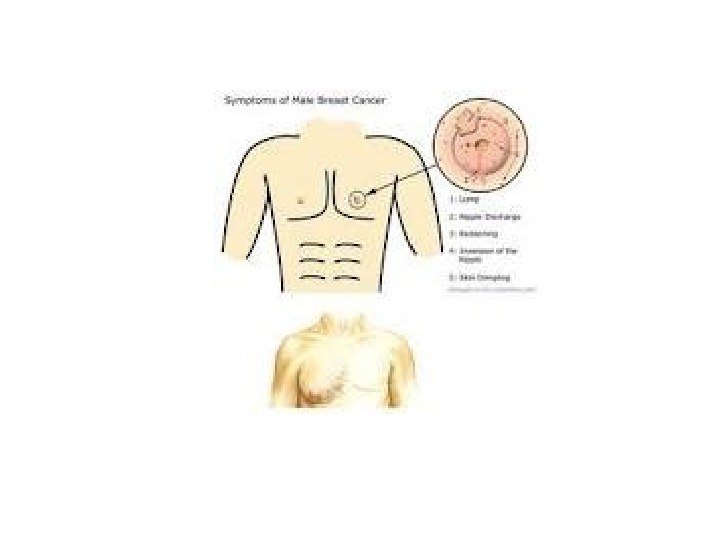
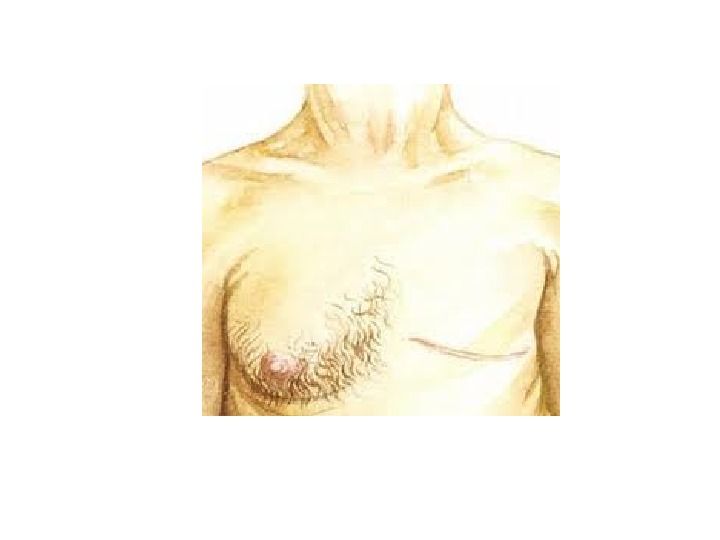
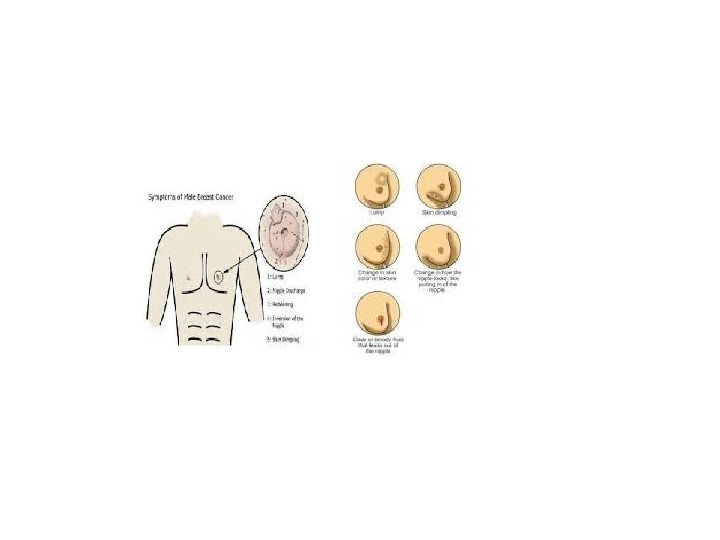
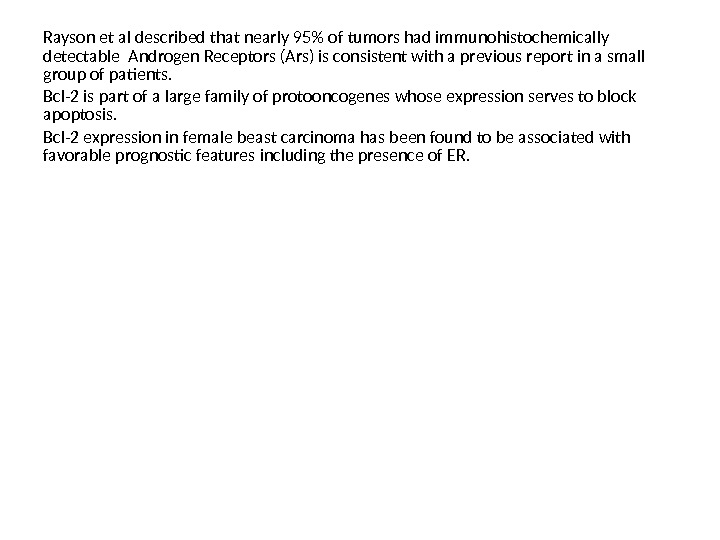
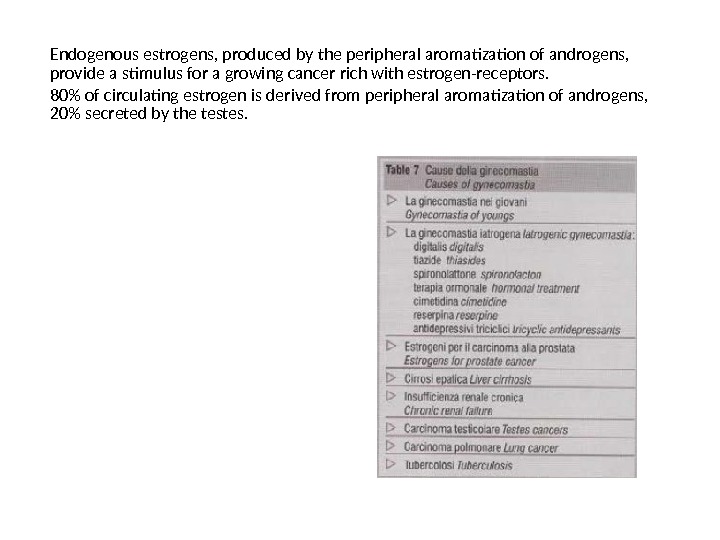
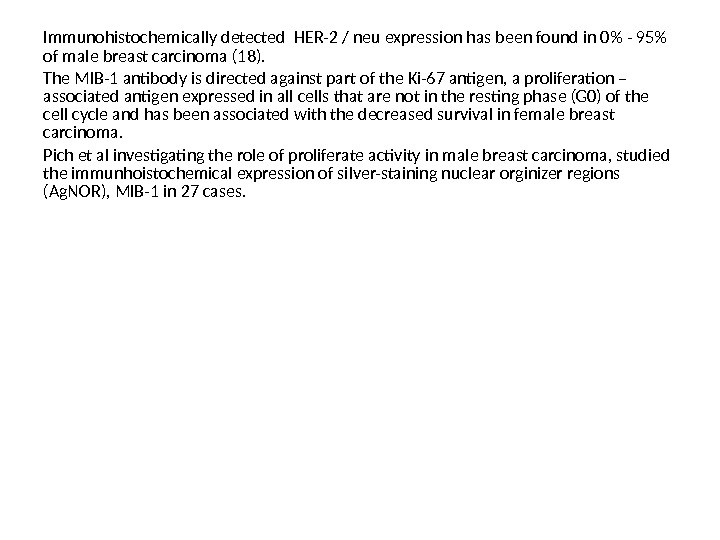
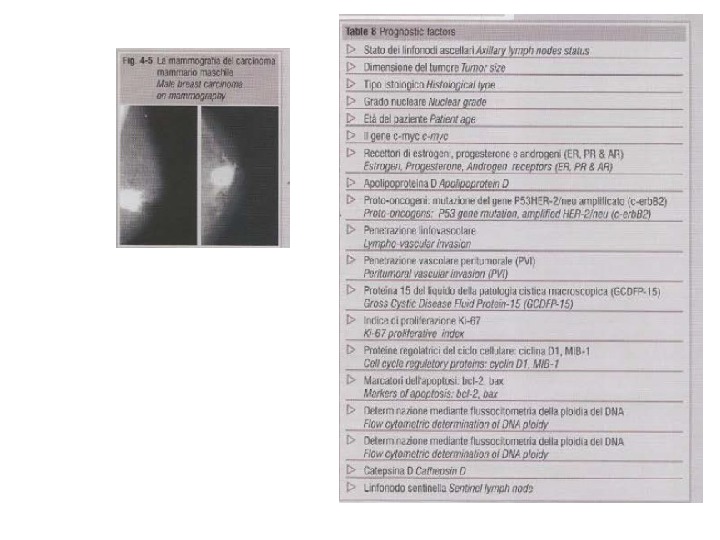

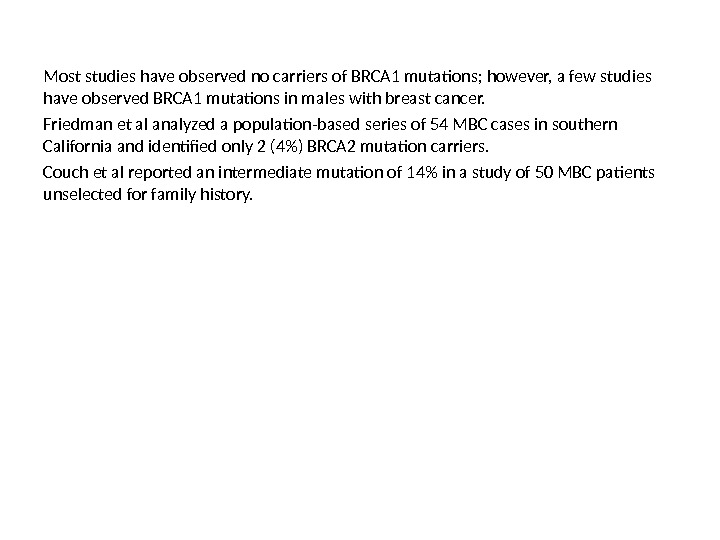
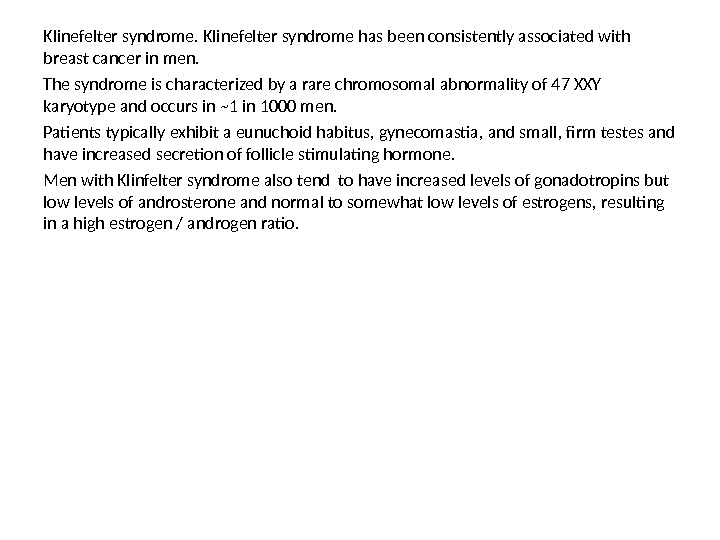
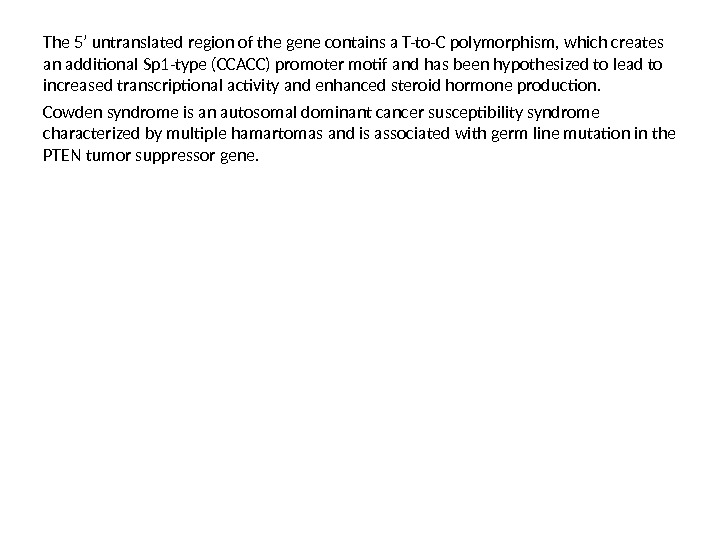
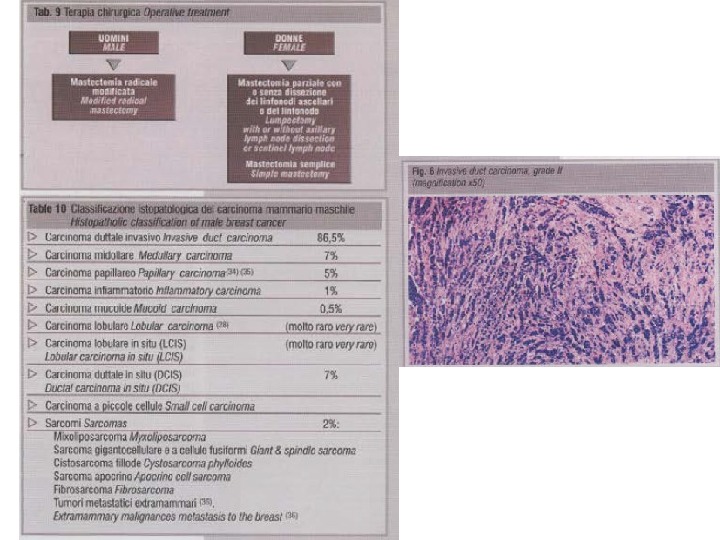
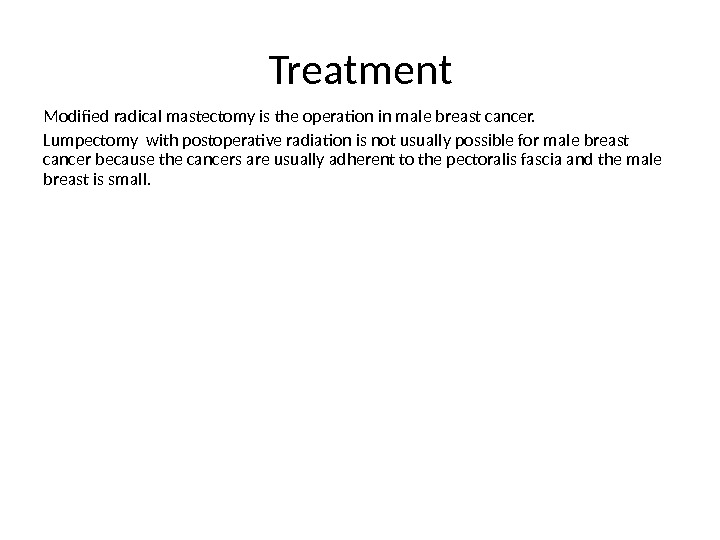



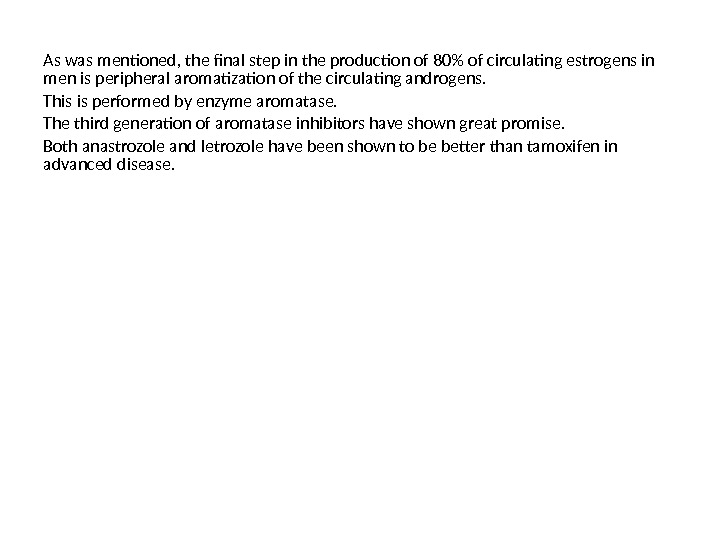


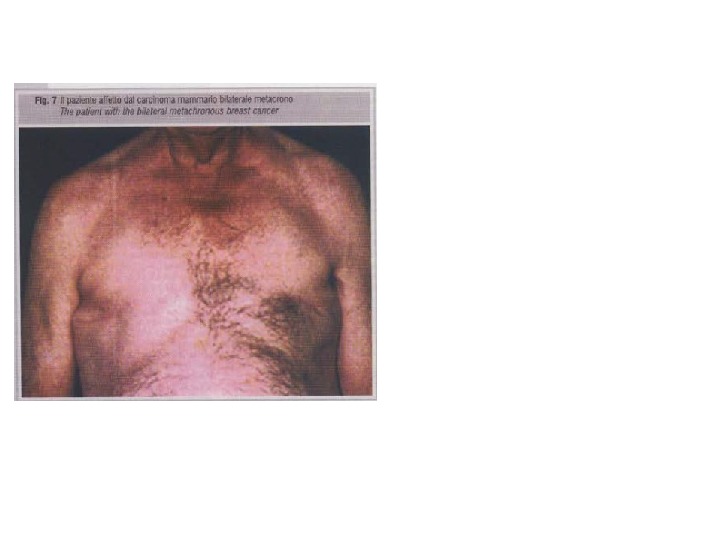
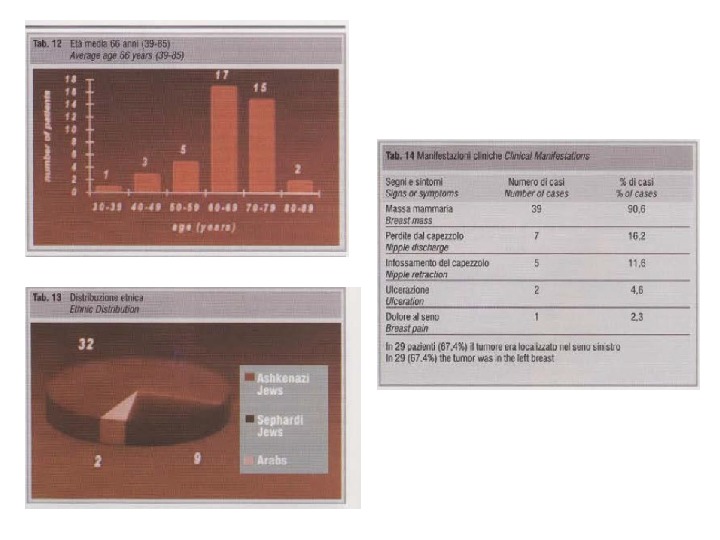
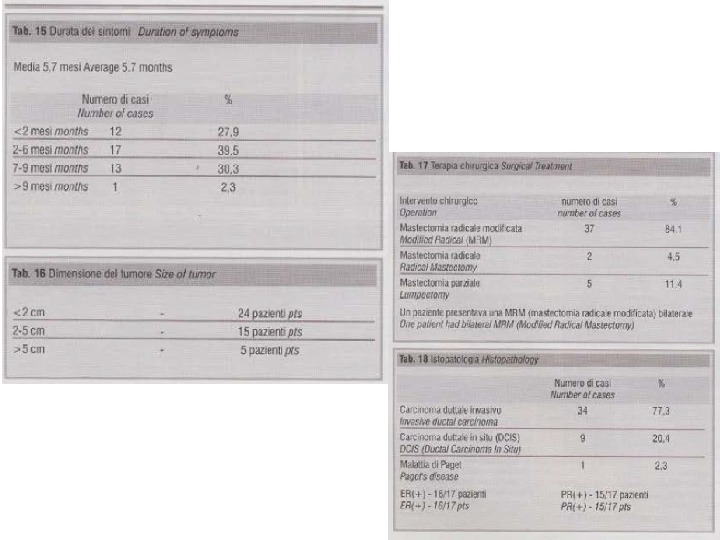
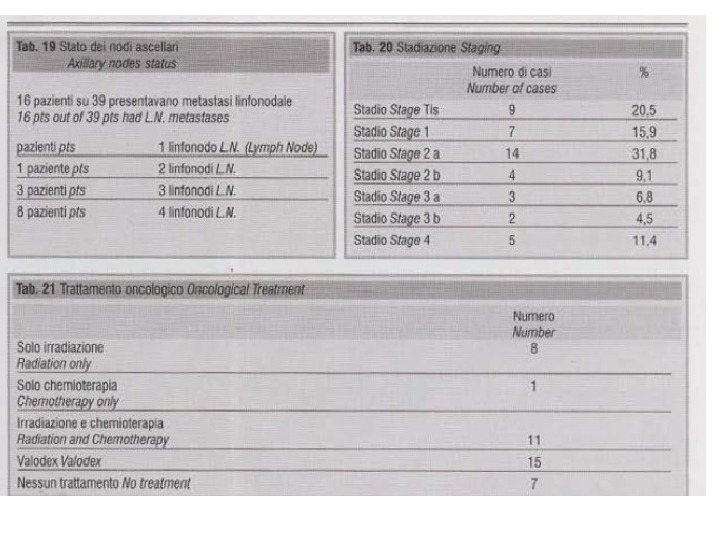
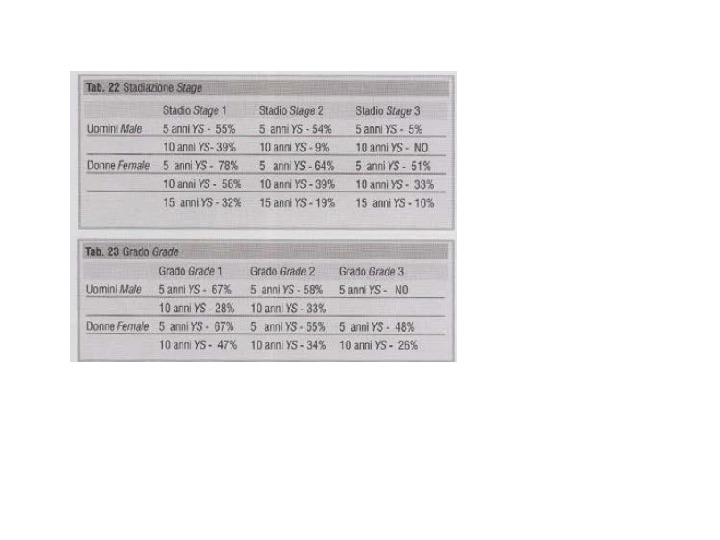
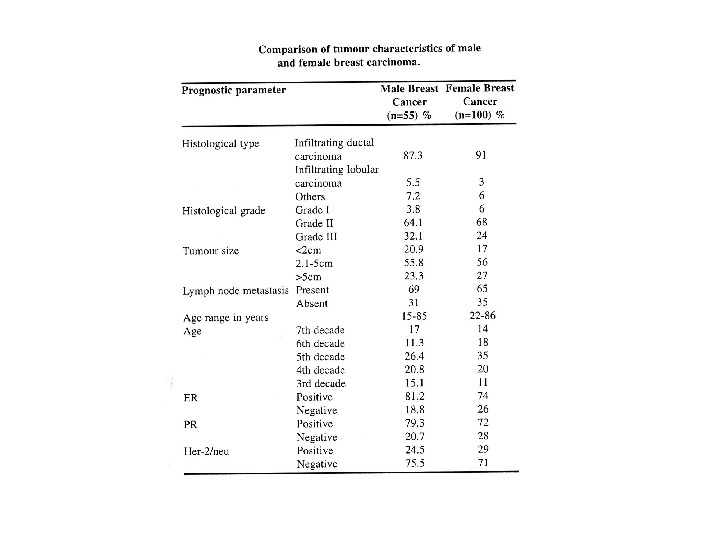

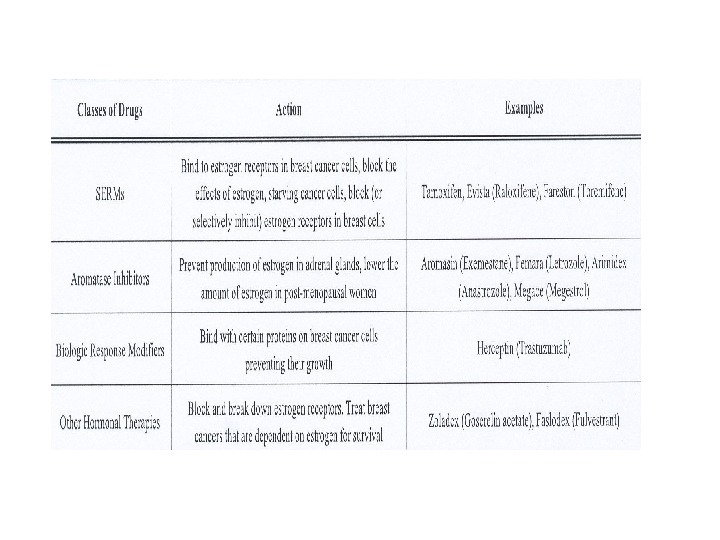
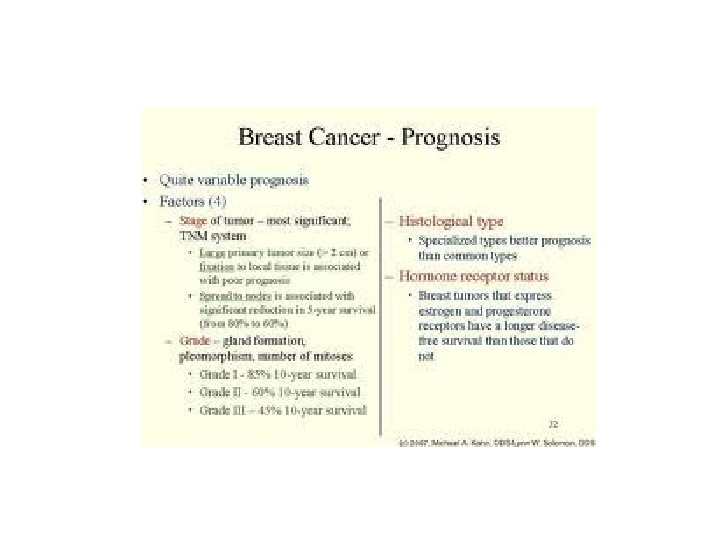

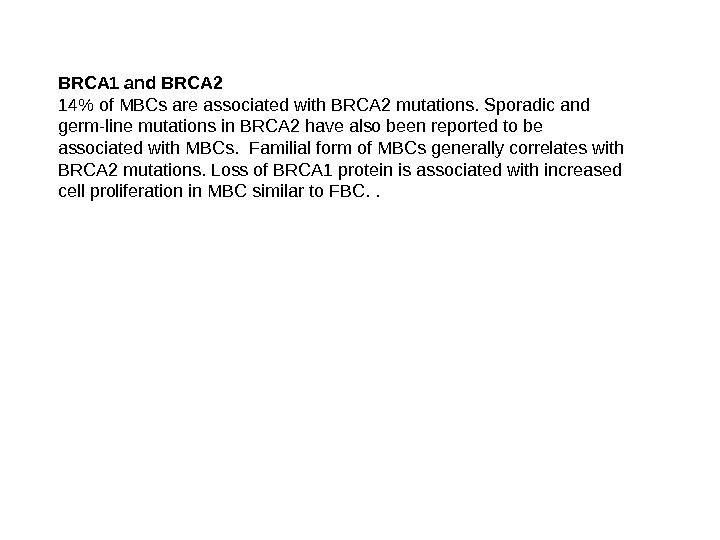
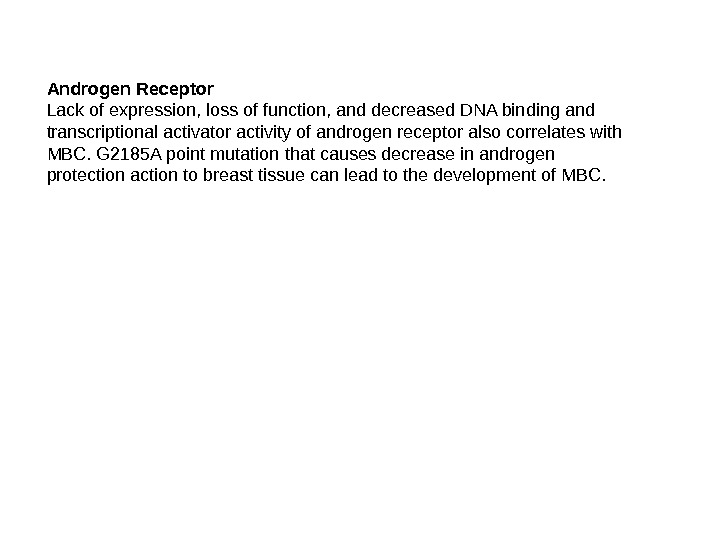



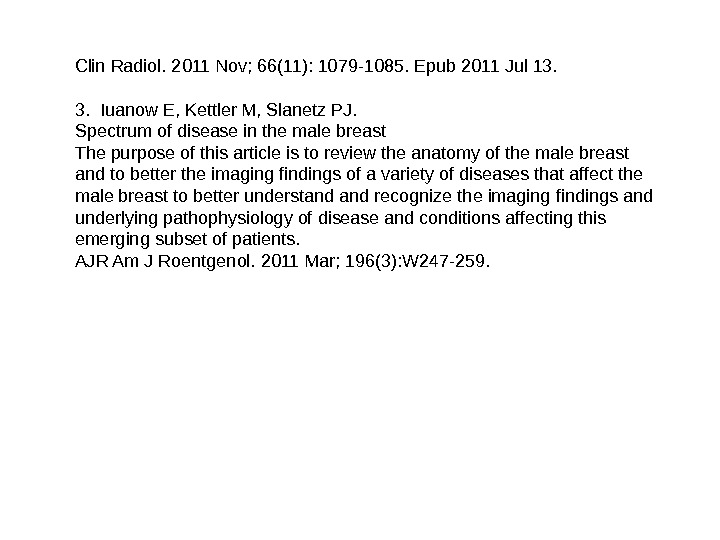


- Размер: 27.9 Mегабайта
- Количество слайдов: 110
Описание презентации Dr. Isaac Roisman M. D. , Dip. Surg. по слайдам
 Dr. Isaac Roisman M. D. , Dip. Surg. , M. Surg. , D. Sc. Dr. Akram Hasson Ph. D. Carmel College, Haifa, Israel BELARUS – MINSK BELARUSIAN STATE MEDICAL UNIVERSITY
Dr. Isaac Roisman M. D. , Dip. Surg. , M. Surg. , D. Sc. Dr. Akram Hasson Ph. D. Carmel College, Haifa, Israel BELARUS – MINSK BELARUSIAN STATE MEDICAL UNIVERSITY
 Lecturers: Dr. Isaac Roisman M. D. , Dip. Surg. , M. Surg. , D. Sc. Dr. Akram Hasson Ph. D. Carmel College, Haifa, Israel Male Breast Cancer
Lecturers: Dr. Isaac Roisman M. D. , Dip. Surg. , M. Surg. , D. Sc. Dr. Akram Hasson Ph. D. Carmel College, Haifa, Israel Male Breast Cancer
 Dr. Akram Hasson Ph. D. Parliament Member – Knesset Member President of Carmel College Former Mayor of Carmel City
Dr. Akram Hasson Ph. D. Parliament Member – Knesset Member President of Carmel College Former Mayor of Carmel City

 Abstract Aims: To introduce our experience with male breast cancer, new modalities of detection, and updated treatment. Breast cancer in men is a rare disease accounting for approximately 1% of all breast cancer patients. Although the epidemiologic literature regarding female breast cancer is extensive, relatively little is known about the etiology of male breast cancer (MBC). Major genetic factors associated with an increased risk of breast cancer for men include BRCA 2 mutations, which are believed to account for the majority of inherited breast cancer in men, Klinefelter syndrome, and a positive family history. Suspected genetic factors include AR gene mutations, CYP 17 polymorphism, Cowden syndrome, and CHEK 2.
Abstract Aims: To introduce our experience with male breast cancer, new modalities of detection, and updated treatment. Breast cancer in men is a rare disease accounting for approximately 1% of all breast cancer patients. Although the epidemiologic literature regarding female breast cancer is extensive, relatively little is known about the etiology of male breast cancer (MBC). Major genetic factors associated with an increased risk of breast cancer for men include BRCA 2 mutations, which are believed to account for the majority of inherited breast cancer in men, Klinefelter syndrome, and a positive family history. Suspected genetic factors include AR gene mutations, CYP 17 polymorphism, Cowden syndrome, and CHEK 2.
 Methods: Progression free (PFS) and overall (OS) survival distributions were estimated using the Kaplan Meier method. The log rank test was used to determine whether any patient Characteristic, tumor feature, or molecular marker was associated significantly with PFS or OS. Results: Between 1997 -2011 we treated 43 men with breast cancer. One patient had bilateral breast cancer. The mean age was 64. 89% of the patients presented with breast mass. 77. 3%, as in the literature, were invasive duct carcinoma, 68% were in stage I, and 11% were in stage IV. Modified radical mastectomy was the operation all the patients underwent. Five years survival were: stage I – 73%, stage II – 42%, stage II – 26%. We shall present in details our findings and discuss the literature.
Methods: Progression free (PFS) and overall (OS) survival distributions were estimated using the Kaplan Meier method. The log rank test was used to determine whether any patient Characteristic, tumor feature, or molecular marker was associated significantly with PFS or OS. Results: Between 1997 -2011 we treated 43 men with breast cancer. One patient had bilateral breast cancer. The mean age was 64. 89% of the patients presented with breast mass. 77. 3%, as in the literature, were invasive duct carcinoma, 68% were in stage I, and 11% were in stage IV. Modified radical mastectomy was the operation all the patients underwent. Five years survival were: stage I – 73%, stage II – 42%, stage II – 26%. We shall present in details our findings and discuss the literature.
 Conclusion: Modified radical mastectomy followed by supplement of updated medication is the treatment of choice in male breast cancer. The earliest reference to breast cancer is in the Edwin Smith Surgical Papyrus from Egypt, which dates from 3000 to 2500 years B. C, and appears to have referred to a man. The first clinical description of a case is attributed to John of Arderne in England in 1307. Later there were other descriptions: Franciscus Areaeus (1493 -1573), Ambroise Pare (1510 -1590), Fabricius Hildanus (1537 -1619), Poirier, Stern, Crichlow & De souza, Donegan & Redlich, and others.
Conclusion: Modified radical mastectomy followed by supplement of updated medication is the treatment of choice in male breast cancer. The earliest reference to breast cancer is in the Edwin Smith Surgical Papyrus from Egypt, which dates from 3000 to 2500 years B. C, and appears to have referred to a man. The first clinical description of a case is attributed to John of Arderne in England in 1307. Later there were other descriptions: Franciscus Areaeus (1493 -1573), Ambroise Pare (1510 -1590), Fabricius Hildanus (1537 -1619), Poirier, Stern, Crichlow & De souza, Donegan & Redlich, and others.
 Introduction Breast cancer in men is a rare disease, accounting for <1% of all breast cancer patients in the United States and 0. 1% of cancer mortality in men. The American Cancer Society estimates that 1, 450 men will be diagnosed with breast cancer in the United States and 470 died from this disease in the year 2004. The incidence of male breast cancer (MBC), once thought to be relatively stable, now seems to be substantially increasing. Incidence of MBC increased significantly from 0. 86 to 1. 06 per 100, 000 population over the last 26 years. The overall ratio of female breast cancer (FBC) to MBC in most white Western populations is 100: 1; however, in the U. S African American population, the female: male ratio of breast cancer is 100: 1. 4. Limited registry data from black African populations suggest a lower female: male ratio of 100: 6 in a narrow geographic band stretching across Africa from Angola to Tanzania.
Introduction Breast cancer in men is a rare disease, accounting for <1% of all breast cancer patients in the United States and 0. 1% of cancer mortality in men. The American Cancer Society estimates that 1, 450 men will be diagnosed with breast cancer in the United States and 470 died from this disease in the year 2004. The incidence of male breast cancer (MBC), once thought to be relatively stable, now seems to be substantially increasing. Incidence of MBC increased significantly from 0. 86 to 1. 06 per 100, 000 population over the last 26 years. The overall ratio of female breast cancer (FBC) to MBC in most white Western populations is 100: 1; however, in the U. S African American population, the female: male ratio of breast cancer is 100: 1. 4. Limited registry data from black African populations suggest a lower female: male ratio of 100: 6 in a narrow geographic band stretching across Africa from Angola to Tanzania.
 Incidence The incidence of male breast cancer in different countries parallels the much higher incidence in women. This observation suggests a similar etiology, that is enhanced by the sexual and reproductive system. Several epidemiologic risk factors have been shown to influence on male breast cancer including elevated estrogen levels, gynecomastia, testicular disorders, dietary factors and more.
Incidence The incidence of male breast cancer in different countries parallels the much higher incidence in women. This observation suggests a similar etiology, that is enhanced by the sexual and reproductive system. Several epidemiologic risk factors have been shown to influence on male breast cancer including elevated estrogen levels, gynecomastia, testicular disorders, dietary factors and more.
 The incidence rate of MBC in nearly all populations for which data are available is on the order of 1 case per 100, 000 human per years or less. Muir et al reported that the highest incidence rate for MBC was 3. 4 cases per 100, 000 in Recife, Brazil, whereas incidence rates of 0. 1 cases per 100, 000 have been reported in parts of Columbia, Singapore, Hungary, and Japan. In Israel in the year 2002: Jews male breast cancer – 44. Age standardized Rate (=ASR) = 1. 42; Non-Jews – 2. ASR = 0. 71; Jews female breast cancer patients = 3, 171. ASR = 96. 49; Non-Jews = 159 ASR = 41. 25.
The incidence rate of MBC in nearly all populations for which data are available is on the order of 1 case per 100, 000 human per years or less. Muir et al reported that the highest incidence rate for MBC was 3. 4 cases per 100, 000 in Recife, Brazil, whereas incidence rates of 0. 1 cases per 100, 000 have been reported in parts of Columbia, Singapore, Hungary, and Japan. In Israel in the year 2002: Jews male breast cancer – 44. Age standardized Rate (=ASR) = 1. 42; Non-Jews – 2. ASR = 0. 71; Jews female breast cancer patients = 3, 171. ASR = 96. 49; Non-Jews = 159 ASR = 41. 25.


















 Clinical Manifestation The clinical manifestations of male breast cancer have been well described. The mean age of presentation in reported series spans 60 to 65 years, with a range of age from 5 – 93 years old. Mean age is approximately 5 years older than the corresponding mean age for breast cancer in women. A mass which in centrally located 70% — 90% of the time, is the most common presentation. The mean diameter of the mass is usually 3 – 3. 5 cm. The disease has a slight predilection for the left breast. The duration of symptoms prior to presentation is between 6 months to 2 years. Family history of first or second-degree relatives ranges from 7% to 27%. The presence of gynecomastia is highly variable, depending on whether it is diagnosed clinically or histologically.
Clinical Manifestation The clinical manifestations of male breast cancer have been well described. The mean age of presentation in reported series spans 60 to 65 years, with a range of age from 5 – 93 years old. Mean age is approximately 5 years older than the corresponding mean age for breast cancer in women. A mass which in centrally located 70% — 90% of the time, is the most common presentation. The mean diameter of the mass is usually 3 – 3. 5 cm. The disease has a slight predilection for the left breast. The duration of symptoms prior to presentation is between 6 months to 2 years. Family history of first or second-degree relatives ranges from 7% to 27%. The presence of gynecomastia is highly variable, depending on whether it is diagnosed clinically or histologically.


























 Axillary abenopathy suspicious for metastasis is clinically detected in 16% of the patients at the time of presentation. Second primary non-mammary malignancies affect 5% to 15% in male population, i. e, prostate, lung, small intestine, rectum, pancreas, skin and lymphohaematopoietic system. Gynecomastia is an enlargement of glandular breast tissue. It can occur in pubertal boys and men under the age of 50%. It is reported in 36% of normal adult, increases with age, and is found in 12% to 40% of men with breast cancer, depending on whether it is defined clinically or histologically. Other histopathology entities can mimic carcinoma like pilomtrixoma. Adjunctive studies utilized in the evaluation of breast lesions unclude mammography and fine-needle aspiration cytology (FNAC).
Axillary abenopathy suspicious for metastasis is clinically detected in 16% of the patients at the time of presentation. Second primary non-mammary malignancies affect 5% to 15% in male population, i. e, prostate, lung, small intestine, rectum, pancreas, skin and lymphohaematopoietic system. Gynecomastia is an enlargement of glandular breast tissue. It can occur in pubertal boys and men under the age of 50%. It is reported in 36% of normal adult, increases with age, and is found in 12% to 40% of men with breast cancer, depending on whether it is defined clinically or histologically. Other histopathology entities can mimic carcinoma like pilomtrixoma. Adjunctive studies utilized in the evaluation of breast lesions unclude mammography and fine-needle aspiration cytology (FNAC).






 Mammography of male breast carcinoma Mammography in men is usually done to evaluate gynecomastia, and therefore reported of mammographic findings in male breast cancer are few. Radiographically, cancer in the male breast usually appears as an unclassified mass. The increased parenchymal density in gynecomastia can obscure and underlying carcinoma. The present of any mass in a male breast should suggest a possible malignancy. Although a peculated pattern can often be seen, a well-marginated mass in a man also can represent carcinoma and these lesions should be approached aggressively. Calcifications that would be accepted as benign in women can indicate malignant disease in men. Punctuate calcifications may indicate malignant disease in the male. Calcifications associated with breast cancer in men may be fewer, are more widely scattered, and are more coarse and less frequently rod like than those found in women.
Mammography of male breast carcinoma Mammography in men is usually done to evaluate gynecomastia, and therefore reported of mammographic findings in male breast cancer are few. Radiographically, cancer in the male breast usually appears as an unclassified mass. The increased parenchymal density in gynecomastia can obscure and underlying carcinoma. The present of any mass in a male breast should suggest a possible malignancy. Although a peculated pattern can often be seen, a well-marginated mass in a man also can represent carcinoma and these lesions should be approached aggressively. Calcifications that would be accepted as benign in women can indicate malignant disease in men. Punctuate calcifications may indicate malignant disease in the male. Calcifications associated with breast cancer in men may be fewer, are more widely scattered, and are more coarse and less frequently rod like than those found in women.






 Prognostic factors of male breast cancer Stage and axillary node status continue to be the most important prognostic indicators in patients with male breast cancer. In clinically undisseminated patients the size of the tumor and the presence or absence of histopathological confirmed metastases in axillary lymph nodes provide the most important indicators of prognosis. Prognosis declines as tumor size increases, largely due to the increasing probability of axillary and distant metastases. Several histological types of invasive carcinoma are associated with relatively favorable prognosis. These include pure mucinous, medullary, papillary and tubular types. Several investigators have demonstrated that the histological grade of ductal carcinomas has prognostic importance. Higher grade was associated with shorter overall survival.
Prognostic factors of male breast cancer Stage and axillary node status continue to be the most important prognostic indicators in patients with male breast cancer. In clinically undisseminated patients the size of the tumor and the presence or absence of histopathological confirmed metastases in axillary lymph nodes provide the most important indicators of prognosis. Prognosis declines as tumor size increases, largely due to the increasing probability of axillary and distant metastases. Several histological types of invasive carcinoma are associated with relatively favorable prognosis. These include pure mucinous, medullary, papillary and tubular types. Several investigators have demonstrated that the histological grade of ductal carcinomas has prognostic importance. Higher grade was associated with shorter overall survival.
 Visfelt and Scheike graded 150 male breast carcinomas according to the degree of tubule formation, mitoses and atypia: Grade I = 29. 3%, Grade II = 54%, and Grade III = 16. 7%. Grading correlated well with prognosis. 5 -year survivals were 60%, 40%, and 5%, respectively. The presence of estrogen (Ers) in male breast carcinoma was first described by Witthiff in 1947. Other reports have found a higher proportion of ER positive patients in males compared with females. Approximately 64% to 85. 7% of all cases of male breast carcinoma have been found to express ER. Data regarding progesterone receptor (PR) are limited. Stalsberg et al found PR to be positive in 76. 3% of 139 patients and reported a significant correlation between ER and PR positively.
Visfelt and Scheike graded 150 male breast carcinomas according to the degree of tubule formation, mitoses and atypia: Grade I = 29. 3%, Grade II = 54%, and Grade III = 16. 7%. Grading correlated well with prognosis. 5 -year survivals were 60%, 40%, and 5%, respectively. The presence of estrogen (Ers) in male breast carcinoma was first described by Witthiff in 1947. Other reports have found a higher proportion of ER positive patients in males compared with females. Approximately 64% to 85. 7% of all cases of male breast carcinoma have been found to express ER. Data regarding progesterone receptor (PR) are limited. Stalsberg et al found PR to be positive in 76. 3% of 139 patients and reported a significant correlation between ER and PR positively.





 Rayson et al described that nearly 95% of tumors had immunohistochemically detectable Androgen Receptors (Ars) is consistent with a previous report in a small group of patients. Bcl-2 is part of a large family of protooncogenes whose expression serves to block apoptosis. Bcl-2 expression in female beast carcinoma has been found to be associated with favorable prognostic features including the presence of ER. Bcl-2 expression also is enhanced in ER positive tumors after exposure to tamoxifen. Mutations in the p 53 tumor suppressor gene located on the short arm of chromosome 17 are among the most commonly observed oncogenic abnormalities in human malignancies. Immunohistochemical detection of p 53 has been found in 0% — 4% of male breast tumors. The prognostic significance of p 53 mutations in male breast carcinoma remains unclear. The product of HER-2 / neu protooncogene is a cell suface growth factor receptor of the tryosine kinase family, which is related closely to the epidermal growth factor receptor. HER-2 / neu expression occurs in 20% — 30% of female breast tumors and has been correlated with a number of adverse prognostic factors.
Rayson et al described that nearly 95% of tumors had immunohistochemically detectable Androgen Receptors (Ars) is consistent with a previous report in a small group of patients. Bcl-2 is part of a large family of protooncogenes whose expression serves to block apoptosis. Bcl-2 expression in female beast carcinoma has been found to be associated with favorable prognostic features including the presence of ER. Bcl-2 expression also is enhanced in ER positive tumors after exposure to tamoxifen. Mutations in the p 53 tumor suppressor gene located on the short arm of chromosome 17 are among the most commonly observed oncogenic abnormalities in human malignancies. Immunohistochemical detection of p 53 has been found in 0% — 4% of male breast tumors. The prognostic significance of p 53 mutations in male breast carcinoma remains unclear. The product of HER-2 / neu protooncogene is a cell suface growth factor receptor of the tryosine kinase family, which is related closely to the epidermal growth factor receptor. HER-2 / neu expression occurs in 20% — 30% of female breast tumors and has been correlated with a number of adverse prognostic factors.
 Endogenous estrogens, produced by the peripheral aromatization of androgens, provide a stimulus for a growing cancer rich with estrogen-receptors. 80% of circulating estrogen is derived from peripheral aromatization of androgens, 20% secreted by the testes.
Endogenous estrogens, produced by the peripheral aromatization of androgens, provide a stimulus for a growing cancer rich with estrogen-receptors. 80% of circulating estrogen is derived from peripheral aromatization of androgens, 20% secreted by the testes.
 Immunohistochemically detected HER-2 / neu expression has been found in 0% — 95% of male breast carcinoma (18). The MIB-1 antibody is directed against part of the Ki-67 antigen, a proliferation – associated antigen expressed in all cells that are not in the resting phase (G 0) of the cell cycle and has been associated with the decreased survival in female breast carcinoma. Pich et al investigating the role of proliferate activity in male breast carcinoma, studied the immunhoistochemical expression of silver-staining nuclear orginizer regions (Ag. NOR), MIB-1 in 27 cases. Their results suggested that proliferative activity, as assessed by positive staining for Ag. NORs, may offer significant prognostic information. Cyclin D 1 complexes with cyclin-dependent kinases that bind and phosphorylate the retinoblastoma gene protein (p. RB) and is rate limiting for cell entry into S-phase. Cyclin D 1 is over expressed in number of human malignancies as a result of gene amplification or translocations involving the D 1 locus on chromosome 11 q 13. In female breast carcinoma approximately 50% of tumor have been found to over express cyclin D 1. In Arber et al overexpression of cyclin D 1 was found to occur in 41% (18 of 44) of male breast carcinoma specimens. Increased risk of male breast cancer is due to the most significant site of aromatization in the adipose tissue.
Immunohistochemically detected HER-2 / neu expression has been found in 0% — 95% of male breast carcinoma (18). The MIB-1 antibody is directed against part of the Ki-67 antigen, a proliferation – associated antigen expressed in all cells that are not in the resting phase (G 0) of the cell cycle and has been associated with the decreased survival in female breast carcinoma. Pich et al investigating the role of proliferate activity in male breast carcinoma, studied the immunhoistochemical expression of silver-staining nuclear orginizer regions (Ag. NOR), MIB-1 in 27 cases. Their results suggested that proliferative activity, as assessed by positive staining for Ag. NORs, may offer significant prognostic information. Cyclin D 1 complexes with cyclin-dependent kinases that bind and phosphorylate the retinoblastoma gene protein (p. RB) and is rate limiting for cell entry into S-phase. Cyclin D 1 is over expressed in number of human malignancies as a result of gene amplification or translocations involving the D 1 locus on chromosome 11 q 13. In female breast carcinoma approximately 50% of tumor have been found to over express cyclin D 1. In Arber et al overexpression of cyclin D 1 was found to occur in 41% (18 of 44) of male breast carcinoma specimens. Increased risk of male breast cancer is due to the most significant site of aromatization in the adipose tissue.

 Genetic Factors A positive family history of breast cancer is associated with increased risk of male breast cancer. A series of 54 male breast cancer patients observed that 17% have at least one first-degree relative with breast cancer. Investigations suggest that a positive family history of either male or female breast carcinoma among first-degree relatives was associated with a 2 -to 3 -fold increase in male breast cancer risk. Genes that have been implicated in the etiology of male breast cancer include BRCA 2, AR gene, cytochrome P 45017 (CYP 17), the XXY karyotype (Klinefelter syndrome) the PTEN tumor suppressor gene associated with Cowden syndrome and the CHEK 2 gene. The BRCA 2 gene is located on chromosome 13 p 12 -13 and has been associated with the majority of inherited breast cancer in men. BRCA 2 has recently been noted to regulated the intracellular localization and DNA-binding ability of RAD 51 mutations are estimated to exist in <5% of all FBCs. BRCA 1 mutationsare rare in MBC.
Genetic Factors A positive family history of breast cancer is associated with increased risk of male breast cancer. A series of 54 male breast cancer patients observed that 17% have at least one first-degree relative with breast cancer. Investigations suggest that a positive family history of either male or female breast carcinoma among first-degree relatives was associated with a 2 -to 3 -fold increase in male breast cancer risk. Genes that have been implicated in the etiology of male breast cancer include BRCA 2, AR gene, cytochrome P 45017 (CYP 17), the XXY karyotype (Klinefelter syndrome) the PTEN tumor suppressor gene associated with Cowden syndrome and the CHEK 2 gene. The BRCA 2 gene is located on chromosome 13 p 12 -13 and has been associated with the majority of inherited breast cancer in men. BRCA 2 has recently been noted to regulated the intracellular localization and DNA-binding ability of RAD 51 mutations are estimated to exist in <5% of all FBCs. BRCA 1 mutationsare rare in MBC.
 Most studies have observed no carriers of BRCA 1 mutations; however, a few studies have observed BRCA 1 mutations in males with breast cancer. Friedman et al analyzed a population-based series of 54 MBC cases in southern California and identified only 2 (4%) BRCA 2 mutation carriers. Couch et al reported an intermediate mutation of 14% in a study of 50 MBC patients unselected for family history. A common mutation in the BRCA 2 gene is a 999 del 5 mutation. In a study of <BC patients in Iceland, the constitutional 999 del 5 mutation was shown to be involved in 40% of the cases. Israeli investigators examined MBC cases from five Israeli hospitals during 1980 to 1997 and noted that 19 of 110 cases carried mutations in the BRCA 1 / BRCA 2 genes. Fifteen of the 10 carriers exhibited a 617 del. IT mutation in the BRCA 2 gene whereas the other four mutations were a 185 del. AG in the BRCA 1 gene. Another BRCA 2 mutation noted to be associated with MBC is the duplication of 9 p 23 -24, described in a family in which the father and all tree sons had breast cancer.
Most studies have observed no carriers of BRCA 1 mutations; however, a few studies have observed BRCA 1 mutations in males with breast cancer. Friedman et al analyzed a population-based series of 54 MBC cases in southern California and identified only 2 (4%) BRCA 2 mutation carriers. Couch et al reported an intermediate mutation of 14% in a study of 50 MBC patients unselected for family history. A common mutation in the BRCA 2 gene is a 999 del 5 mutation. In a study of <BC patients in Iceland, the constitutional 999 del 5 mutation was shown to be involved in 40% of the cases. Israeli investigators examined MBC cases from five Israeli hospitals during 1980 to 1997 and noted that 19 of 110 cases carried mutations in the BRCA 1 / BRCA 2 genes. Fifteen of the 10 carriers exhibited a 617 del. IT mutation in the BRCA 2 gene whereas the other four mutations were a 185 del. AG in the BRCA 1 gene. Another BRCA 2 mutation noted to be associated with MBC is the duplication of 9 p 23 -24, described in a family in which the father and all tree sons had breast cancer.
 Klinefelter syndrome has been consistently associated with breast cancer in men. The syndrome is characterized by a rare chromosomal abnormality of 47 XXY karyotype and occurs in ~1 in 1000 men. Patients typically exhibit a eunuchoid habitus, gynecomastia, and small, firm testes and have increased secretion of follicle stimulating hormone. Men with Klinfelter syndrome also tend to have increased levels of gonadotropins but low levels of androsterone and normal to somewhat low levels of estrogens, resulting in a high estrogen / androgen ratio. Germ line mutations in the AR gene have also been suggested to predispose to MBC. Wooster et al first reported an association between development of breast cancer in two brothers and a germ line mutation in exon 3 encoding the DNA-binding domain of the AR. The AR agene has highly polymorphic polyglutamine (CAG) and polyglycine (CCG) tracts within the coding area of exon 1. Long CAG repeats have been implicated in FBC most likely by decreasing the capcity of the receptor to activate transcription. Another gene hypothesized to be associated with male breast carcinoma is CYP 17 which codes for the cytochrome P 450 c 17 a enzyme involved in the synthesis of estrogens androgens.
Klinefelter syndrome has been consistently associated with breast cancer in men. The syndrome is characterized by a rare chromosomal abnormality of 47 XXY karyotype and occurs in ~1 in 1000 men. Patients typically exhibit a eunuchoid habitus, gynecomastia, and small, firm testes and have increased secretion of follicle stimulating hormone. Men with Klinfelter syndrome also tend to have increased levels of gonadotropins but low levels of androsterone and normal to somewhat low levels of estrogens, resulting in a high estrogen / androgen ratio. Germ line mutations in the AR gene have also been suggested to predispose to MBC. Wooster et al first reported an association between development of breast cancer in two brothers and a germ line mutation in exon 3 encoding the DNA-binding domain of the AR. The AR agene has highly polymorphic polyglutamine (CAG) and polyglycine (CCG) tracts within the coding area of exon 1. Long CAG repeats have been implicated in FBC most likely by decreasing the capcity of the receptor to activate transcription. Another gene hypothesized to be associated with male breast carcinoma is CYP 17 which codes for the cytochrome P 450 c 17 a enzyme involved in the synthesis of estrogens androgens.
 The 5’ untranslated region of the gene contains a T-to-C polymorphism, which creates an additional Sp 1 -type (CCACC) promoter motif and has been hypothesized to lead to increased transcriptional activity and enhanced steroid hormone production. Cowden syndrome is an autosomal dominant cancer susceptibility syndrome characterized by multiple hamartomas and is associated with germ line mutation in the PTEN tumor suppressor gene. Fackenthal et al reported two cases of MBC in patients with classic Cowden syndrome phenotypes who also had germ line PTEN mutations. The first case in a 43 year old male with Cowden syndrome phenotype, including multiple tricheilemmomas and throid adenoma. CHEK 2 is a cell cycle checkpoint kinase that mediates cellular responses to DNA damage. A protein truncating mutation 11000 del. C in exon 10 abolishes the kinase function of CHEK 2. The CHEK 2 1100 delc variant has been associated with risk of FBC in non-BRCA 1 / BRCA 2 carriers, especially among cases with family history of disease.
The 5’ untranslated region of the gene contains a T-to-C polymorphism, which creates an additional Sp 1 -type (CCACC) promoter motif and has been hypothesized to lead to increased transcriptional activity and enhanced steroid hormone production. Cowden syndrome is an autosomal dominant cancer susceptibility syndrome characterized by multiple hamartomas and is associated with germ line mutation in the PTEN tumor suppressor gene. Fackenthal et al reported two cases of MBC in patients with classic Cowden syndrome phenotypes who also had germ line PTEN mutations. The first case in a 43 year old male with Cowden syndrome phenotype, including multiple tricheilemmomas and throid adenoma. CHEK 2 is a cell cycle checkpoint kinase that mediates cellular responses to DNA damage. A protein truncating mutation 11000 del. C in exon 10 abolishes the kinase function of CHEK 2. The CHEK 2 1100 delc variant has been associated with risk of FBC in non-BRCA 1 / BRCA 2 carriers, especially among cases with family history of disease.

 Treatment Modified radical mastectomy is the operation in male breast cancer. Lumpectomy with postoperative radiation is not usually possible for male breast cancer because the cancers are usually adherent to the pectoralis fascia and the male breast is small. In patients where the cancer extends to the pectoralis muscle part or all of the muscle should be resected to obtain local regional control. Sentinel lymph node is preformed since first done in 1977 by Cabanas. The most common histopathology type of male breast cancer is invasive carcinoma which accounts for up to 86. 5% of the patients. Lobular carcinoma is rare in contrast to female beast cancer, in which lobular carcinoma accounts for up to 16% patients. The rarity of lobular carcinoma in males is thought to be due to the lack of acini and lobules in normal male breast. Ductal carcinoma in situ (DCIS) account of 0% — 17% with an average of 7%. Lobular carcinoma in situ (LCIS) has been reported in phenotypically and genotypically normal male. Till now Paget’s disease was reported in 32 male patients.
Treatment Modified radical mastectomy is the operation in male breast cancer. Lumpectomy with postoperative radiation is not usually possible for male breast cancer because the cancers are usually adherent to the pectoralis fascia and the male breast is small. In patients where the cancer extends to the pectoralis muscle part or all of the muscle should be resected to obtain local regional control. Sentinel lymph node is preformed since first done in 1977 by Cabanas. The most common histopathology type of male breast cancer is invasive carcinoma which accounts for up to 86. 5% of the patients. Lobular carcinoma is rare in contrast to female beast cancer, in which lobular carcinoma accounts for up to 16% patients. The rarity of lobular carcinoma in males is thought to be due to the lack of acini and lobules in normal male breast. Ductal carcinoma in situ (DCIS) account of 0% — 17% with an average of 7%. Lobular carcinoma in situ (LCIS) has been reported in phenotypically and genotypically normal male. Till now Paget’s disease was reported in 32 male patients.
 Adjuvant systemic therapy is recommended in male breast cancer based largely on the benefits derived from this therapy that have been observed in women with early stage breast cancer. The most frequently post operative adjuvant hormone therapy has been the drug tamoxifen. The drug was administrated to the first and second stage (20 mg per day for 1 to 2 years) the actuarial 5 -year survival was 61% in adjuvant treated patients compared with 44% in the control group. Tamoxifen has been generally well tolerated by men, however side effects have been reported including hair loss, skin rash, impotence, decreased libido, weight gain, mood alteration and depression. Estrogen therapy in the form of diethystilbestoral had 38% — 49% response rate in advanced male patients. Cyproterone acetate, a synthetic steroid with antiandrogenic and progestational activity had shown a good response rate.
Adjuvant systemic therapy is recommended in male breast cancer based largely on the benefits derived from this therapy that have been observed in women with early stage breast cancer. The most frequently post operative adjuvant hormone therapy has been the drug tamoxifen. The drug was administrated to the first and second stage (20 mg per day for 1 to 2 years) the actuarial 5 -year survival was 61% in adjuvant treated patients compared with 44% in the control group. Tamoxifen has been generally well tolerated by men, however side effects have been reported including hair loss, skin rash, impotence, decreased libido, weight gain, mood alteration and depression. Estrogen therapy in the form of diethystilbestoral had 38% — 49% response rate in advanced male patients. Cyproterone acetate, a synthetic steroid with antiandrogenic and progestational activity had shown a good response rate.

 The combination of buserelin – a gnoadropin-releasing hormone (Gn. RH) agonist analogue with an antiandrogen avoids the disease flare that attends the initial surge of gonodotropins. Side effects of busrelin include hot flashes, loss of libido and impotence. 4% to 17% of male breast cancer are presented with metastasis disease. Sites of metastases, as in women, include: bone, lung, liver, brain, and others. Adjuvant combination chemotherapy has been administrated to male breast cancer patients with positive axillary nodes or stage II or advanced disease. It included cylophosphamid, mthotrexate and 5 -fluorouracil (CMP) in 12 cycles. Toxicities included neutropenia. Mucisutus, hemorrhagic cystitis. Another option for stage II and stage III is 5 -flurorouracil, doxorubicin, and cyclophosphamide (FAC). There are recommendations: chemotherapy plus tamoxifen for ER-positive and chemotherapy for ER negative. Medroxyprogesterone acetate has been shown partial response in several series. Androgens have been used in several patients with varying results.
The combination of buserelin – a gnoadropin-releasing hormone (Gn. RH) agonist analogue with an antiandrogen avoids the disease flare that attends the initial surge of gonodotropins. Side effects of busrelin include hot flashes, loss of libido and impotence. 4% to 17% of male breast cancer are presented with metastasis disease. Sites of metastases, as in women, include: bone, lung, liver, brain, and others. Adjuvant combination chemotherapy has been administrated to male breast cancer patients with positive axillary nodes or stage II or advanced disease. It included cylophosphamid, mthotrexate and 5 -fluorouracil (CMP) in 12 cycles. Toxicities included neutropenia. Mucisutus, hemorrhagic cystitis. Another option for stage II and stage III is 5 -flurorouracil, doxorubicin, and cyclophosphamide (FAC). There are recommendations: chemotherapy plus tamoxifen for ER-positive and chemotherapy for ER negative. Medroxyprogesterone acetate has been shown partial response in several series. Androgens have been used in several patients with varying results.
 As was mentioned, the final step in the production of 80% of circulating estrogens in men is peripheral aromatization of the circulating androgens. This is performed by enzyme aromatase. The third generation of aromatase inhibitors have shown great promise. Both anastrozole and letrozole have been shown to be better than tamoxifen in advanced disease. The overall response rate is 30% — 40% with responses up to 50% in patients with less advanced disease. In the past, orchiectomy was tried as the first choice of treatment. The first performed in 1942 as the treatment for metastatic disease. If the disease advanced the adrenals were removed. Another ablative technique was used like hypophysectomy in attempt to control central stimulation. No one uses these procedures anymore. Orchiectomy is used in unique patients with advanced disease.
As was mentioned, the final step in the production of 80% of circulating estrogens in men is peripheral aromatization of the circulating androgens. This is performed by enzyme aromatase. The third generation of aromatase inhibitors have shown great promise. Both anastrozole and letrozole have been shown to be better than tamoxifen in advanced disease. The overall response rate is 30% — 40% with responses up to 50% in patients with less advanced disease. In the past, orchiectomy was tried as the first choice of treatment. The first performed in 1942 as the treatment for metastatic disease. If the disease advanced the adrenals were removed. Another ablative technique was used like hypophysectomy in attempt to control central stimulation. No one uses these procedures anymore. Orchiectomy is used in unique patients with advanced disease.
 Adjuvant radiation therapy There is no specific data supporting the use of adjuvant radiotherapy in male breast carcinoma. Adjuvant radiotherapy plays an important role in female breast cancer to reduce local recurrence, therefore, justifies further consideration in patients with male breast cancer. In Zabel et al series, 23 patients were treated with initial adjuvant radiotherapy of the chest wall. Two patients with recurrent disease received radiotherapy of the chest wall. The chest wall was irradiated by either 9 cobalt 60 unit, 6 Me. V photon or 7. 5 to 15 Me. V electron beams. Median total dose was 60 Gy (Range 52. 5 – 60) with a median dose of 3 Gy (range 2 – 2. 5) per faction. 15 patients received irradiation to the ipsilateral lymph nodes up to a median of 46 Gy.
Adjuvant radiation therapy There is no specific data supporting the use of adjuvant radiotherapy in male breast carcinoma. Adjuvant radiotherapy plays an important role in female breast cancer to reduce local recurrence, therefore, justifies further consideration in patients with male breast cancer. In Zabel et al series, 23 patients were treated with initial adjuvant radiotherapy of the chest wall. Two patients with recurrent disease received radiotherapy of the chest wall. The chest wall was irradiated by either 9 cobalt 60 unit, 6 Me. V photon or 7. 5 to 15 Me. V electron beams. Median total dose was 60 Gy (Range 52. 5 – 60) with a median dose of 3 Gy (range 2 – 2. 5) per faction. 15 patients received irradiation to the ipsilateral lymph nodes up to a median of 46 Gy.
 A patient’s report A 55 year old male palpated a mass in his left breast behind the nipple. Family history: two sisters suffered from carcinoma of the breast. On physical examination of the left breast a hard, poorly defined mass with a diameter of 2 cm was noted. It was fixed to overlying nippleareola complex and caused nipple retraction. Cytopathology – carcinoma He was operated on and a modified radical mastectomy was performed with supplement treatment. Histopathology – invasive duct carcinoma with no invasion to the axillary nodes. He received supplement treatment: chemotherapy and irradiation. 8 months later, on routine examination of the right breast, a hard fixed nodule in the nipple areola region, measuring a 1. 5 cm in diameter, was noted. Cytopathology – carcinoma. A modified radical mastectomy was performed and again supplement treatment was given. Histopathology – Invasive duct carcinoma. After 25 months the patients was still alive with no avidance of recurrence. The patient was found to be positive to 6174 del T mutation in the BRCA 2 gene. This patient is a bilateral metachronous breast cancer case. A synchenous bilateral male breast cancer is reported.
A patient’s report A 55 year old male palpated a mass in his left breast behind the nipple. Family history: two sisters suffered from carcinoma of the breast. On physical examination of the left breast a hard, poorly defined mass with a diameter of 2 cm was noted. It was fixed to overlying nippleareola complex and caused nipple retraction. Cytopathology – carcinoma He was operated on and a modified radical mastectomy was performed with supplement treatment. Histopathology – invasive duct carcinoma with no invasion to the axillary nodes. He received supplement treatment: chemotherapy and irradiation. 8 months later, on routine examination of the right breast, a hard fixed nodule in the nipple areola region, measuring a 1. 5 cm in diameter, was noted. Cytopathology – carcinoma. A modified radical mastectomy was performed and again supplement treatment was given. Histopathology – Invasive duct carcinoma. After 25 months the patients was still alive with no avidance of recurrence. The patient was found to be positive to 6174 del T mutation in the BRCA 2 gene. This patient is a bilateral metachronous breast cancer case. A synchenous bilateral male breast cancer is reported.









 Till the date there is no microarray or other kind of high throughput screening data available for MBC. Hence, the identified biomarkers for drug targets are not yet available. An extensive literature database search reveals that at least 25 gens are involved in the MBC pathogenesis. Biomarkers in MBC )Male Breast cancer(
Till the date there is no microarray or other kind of high throughput screening data available for MBC. Hence, the identified biomarkers for drug targets are not yet available. An extensive literature database search reveals that at least 25 gens are involved in the MBC pathogenesis. Biomarkers in MBC )Male Breast cancer(
 BRCA 1 and BRCA 2 14% of MBCs are associated with BRCA 2 mutations. Sporadic and germ-line mutations in BRCA 2 have also been reported to be associated with MBCs. Familial form of MBCs generally correlates with BRCA 2 mutations. Loss of BRCA 1 protein is associated with increased cell proliferation in MBC similar to FBC. .
BRCA 1 and BRCA 2 14% of MBCs are associated with BRCA 2 mutations. Sporadic and germ-line mutations in BRCA 2 have also been reported to be associated with MBCs. Familial form of MBCs generally correlates with BRCA 2 mutations. Loss of BRCA 1 protein is associated with increased cell proliferation in MBC similar to FBC. .
 Androgen Receptor Lack of expression, loss of function, and decreased DNA binding and transcriptional activator activity of androgen receptor also correlates with MBC. G 2185 A point mutation that causes decrease in androgen protection action to breast tissue can lead to the development of MBC.
Androgen Receptor Lack of expression, loss of function, and decreased DNA binding and transcriptional activator activity of androgen receptor also correlates with MBC. G 2185 A point mutation that causes decrease in androgen protection action to breast tissue can lead to the development of MBC.
 Other Markers Mutations in the TP 53 and CHEK 2 are associated with several MBC cases. Gly 12 Lys and Gly 12 Arg mutation in KARS along with mutation in P 53 also have been reported. Overexpression of P 53 and HER 2 have been reported respectively in 46% and 39% cases with 81% case of ER positivity. Similarly, overexpression of ERBB 2, P 53 and c-MYC (62. 5, 16. 7 and 20. 8% cases), and 75% and 69% cases respectively ER and PR positivity in MBCs have been observed.
Other Markers Mutations in the TP 53 and CHEK 2 are associated with several MBC cases. Gly 12 Lys and Gly 12 Arg mutation in KARS along with mutation in P 53 also have been reported. Overexpression of P 53 and HER 2 have been reported respectively in 46% and 39% cases with 81% case of ER positivity. Similarly, overexpression of ERBB 2, P 53 and c-MYC (62. 5, 16. 7 and 20. 8% cases), and 75% and 69% cases respectively ER and PR positivity in MBCs have been observed.
 UPDAT
UPDAT
 Male Breast Cancer Update 1. Pemmaraju N, Munsell MF, Hortobagyi GN, Giordano SH. Prospective review of male breast cancer patients: analysis of tamoxifen-related side-effects Approximately 2000 American men are diagnosed with breast cancer every year. Limited data are available evaluating toxicity of antihormonal treatments in male breast cancer patients. Ann Oncol. 2012 June; 23(6): 1471 -1474. Epub 2011 Nov 15. 2. Doyle S, Steel J, Porter G. Imaging Male breast cancer is rare, with some pathological and radiological differences from female breast cancer. There is less familiarity with the imaging appearances of male breast cancer, due to its rarity and the more variable use of preoperative imaging. This review illustrates the commonest imaging appearances of male breast cancer, with emphasis on differences from female breast cancer and potential pitfalls in diagnosis, based on a 10 year experience in the institution.
Male Breast Cancer Update 1. Pemmaraju N, Munsell MF, Hortobagyi GN, Giordano SH. Prospective review of male breast cancer patients: analysis of tamoxifen-related side-effects Approximately 2000 American men are diagnosed with breast cancer every year. Limited data are available evaluating toxicity of antihormonal treatments in male breast cancer patients. Ann Oncol. 2012 June; 23(6): 1471 -1474. Epub 2011 Nov 15. 2. Doyle S, Steel J, Porter G. Imaging Male breast cancer is rare, with some pathological and radiological differences from female breast cancer. There is less familiarity with the imaging appearances of male breast cancer, due to its rarity and the more variable use of preoperative imaging. This review illustrates the commonest imaging appearances of male breast cancer, with emphasis on differences from female breast cancer and potential pitfalls in diagnosis, based on a 10 year experience in the institution.
 Clin Radiol. 2011 Nov; 66(11): 1079 -1085. Epub 2011 Jul 13. Iuanow E, Kettler M, Slanetz PJ. Spectrum of disease in the male breast The purpose of this article is to review the anatomy of the male breast and to better the imaging findings of a variety of diseases that affect the male breast to better understand recognize the imaging findings and underlying pathophysiology of disease and conditions affecting this emerging subset of patients. AJR Am J Roentgenol. 2011 Mar; 196(3): W 247 -259.
Clin Radiol. 2011 Nov; 66(11): 1079 -1085. Epub 2011 Jul 13. Iuanow E, Kettler M, Slanetz PJ. Spectrum of disease in the male breast The purpose of this article is to review the anatomy of the male breast and to better the imaging findings of a variety of diseases that affect the male breast to better understand recognize the imaging findings and underlying pathophysiology of disease and conditions affecting this emerging subset of patients. AJR Am J Roentgenol. 2011 Mar; 196(3): W 247 -259.
 Male breast cancer (our study) Median survival Conclusion Incidence of male breast cancer among Jewish men in a mixed population 2. 3 vs. 0. 7 -1 : 100, 00. • Incidence among Ashkenazi Jewish men is higher than among Sephardic Jewish men. • There is a high incidence of DCIS, stage 1 and 2 a despite the late diagnosis. • Male breast cancer is no more aggressive than female breast cancer. • Male breast cancer responds similarly to treatment and displays similar survival rates. • 14 patients were screened for the common mutation BRCA 1 {185 del AG, 5382 ins C} BRCA 2 {6174 del T} genes. • Non of the patients have mutation in BRCA gene. • 2 Patients were found to be positive for 6174 del T mutation in the BRCA 2 gene.
Male breast cancer (our study) Median survival Conclusion Incidence of male breast cancer among Jewish men in a mixed population 2. 3 vs. 0. 7 -1 : 100, 00. • Incidence among Ashkenazi Jewish men is higher than among Sephardic Jewish men. • There is a high incidence of DCIS, stage 1 and 2 a despite the late diagnosis. • Male breast cancer is no more aggressive than female breast cancer. • Male breast cancer responds similarly to treatment and displays similar survival rates. • 14 patients were screened for the common mutation BRCA 1 {185 del AG, 5382 ins C} BRCA 2 {6174 del T} genes. • Non of the patients have mutation in BRCA gene. • 2 Patients were found to be positive for 6174 del T mutation in the BRCA 2 gene.
 THANK YOU FOR YOUR ATTENTION AND GOD BLESS YOUR COUNTRY !
THANK YOU FOR YOUR ATTENTION AND GOD BLESS YOUR COUNTRY !

